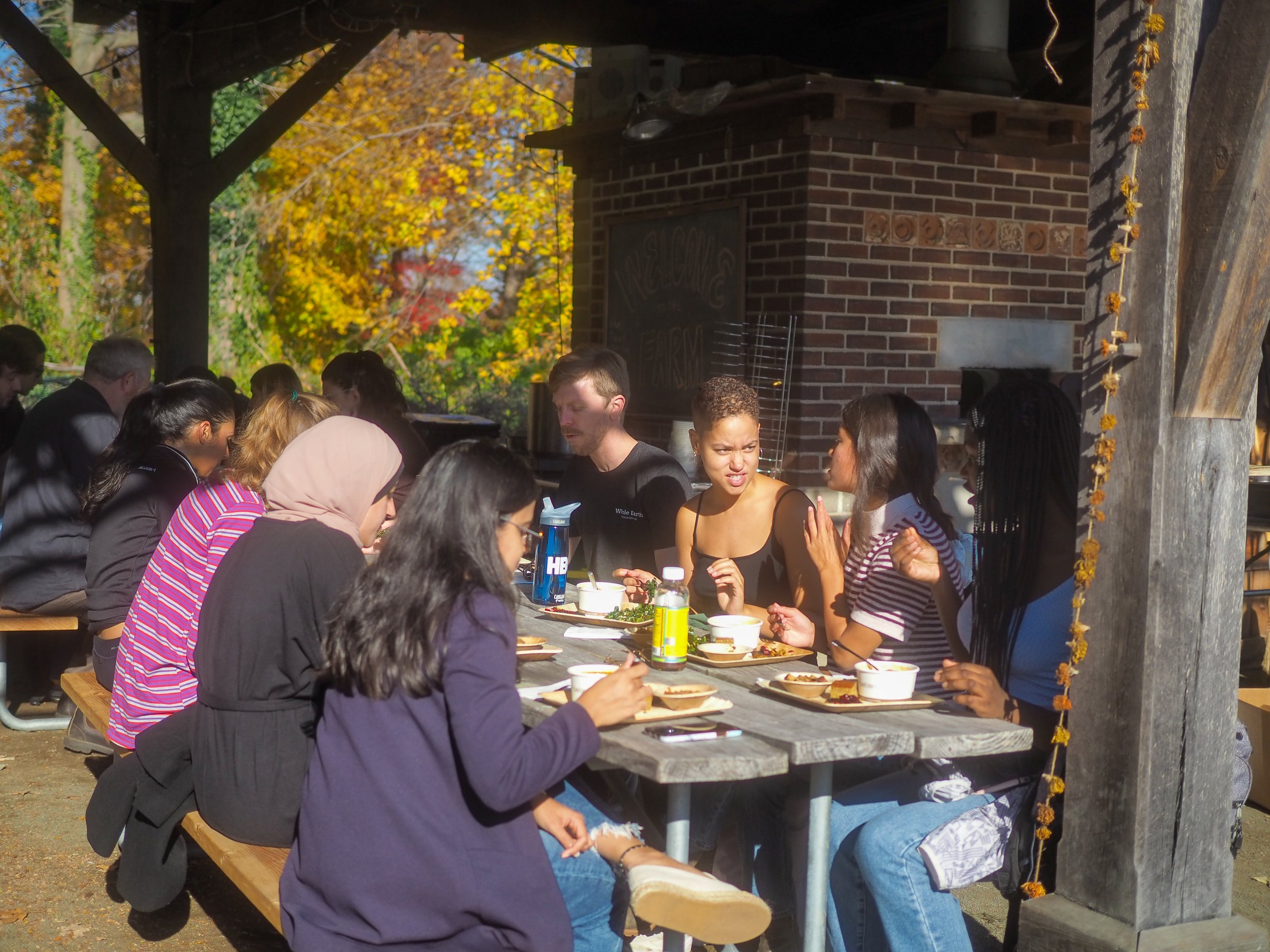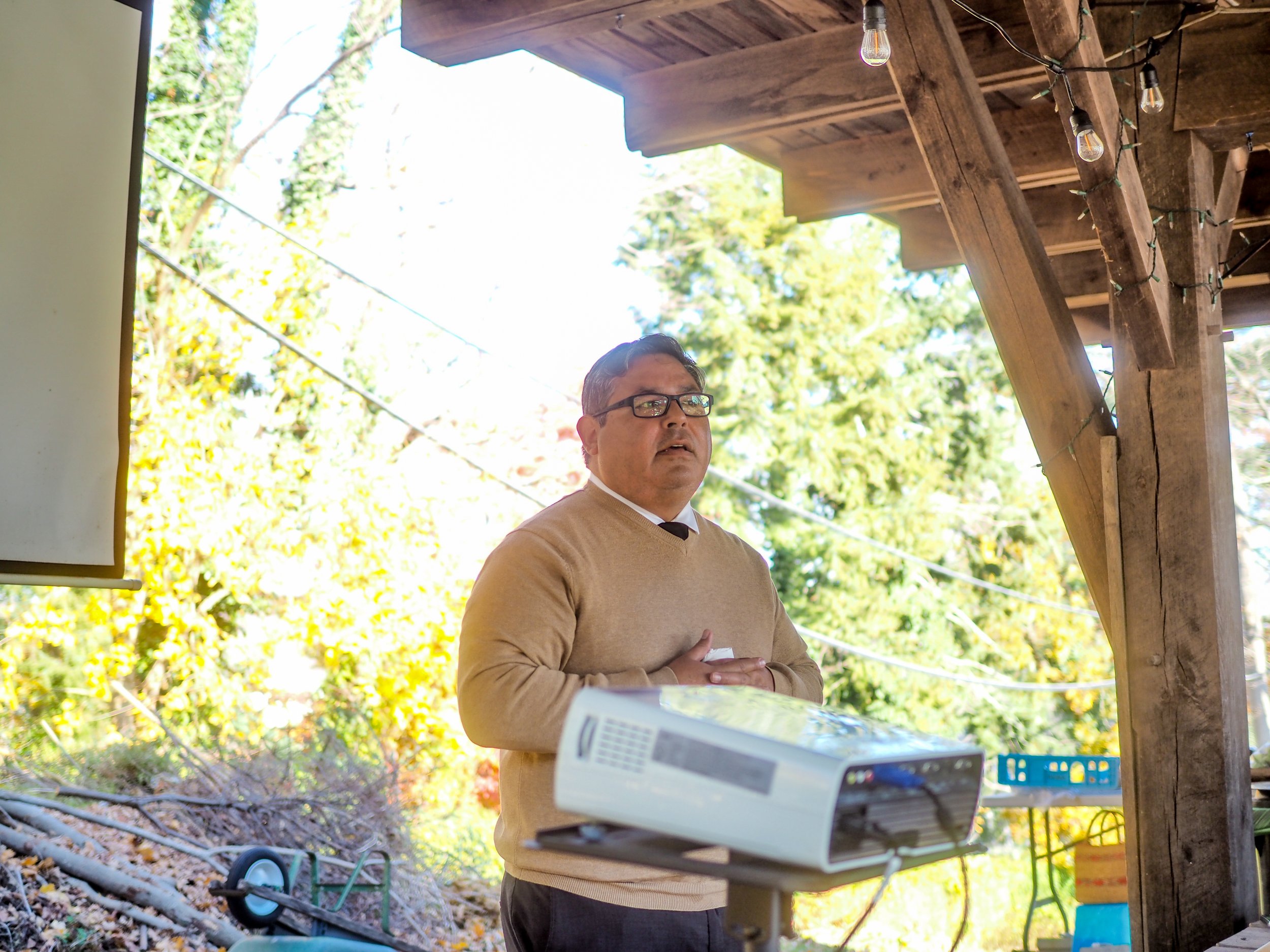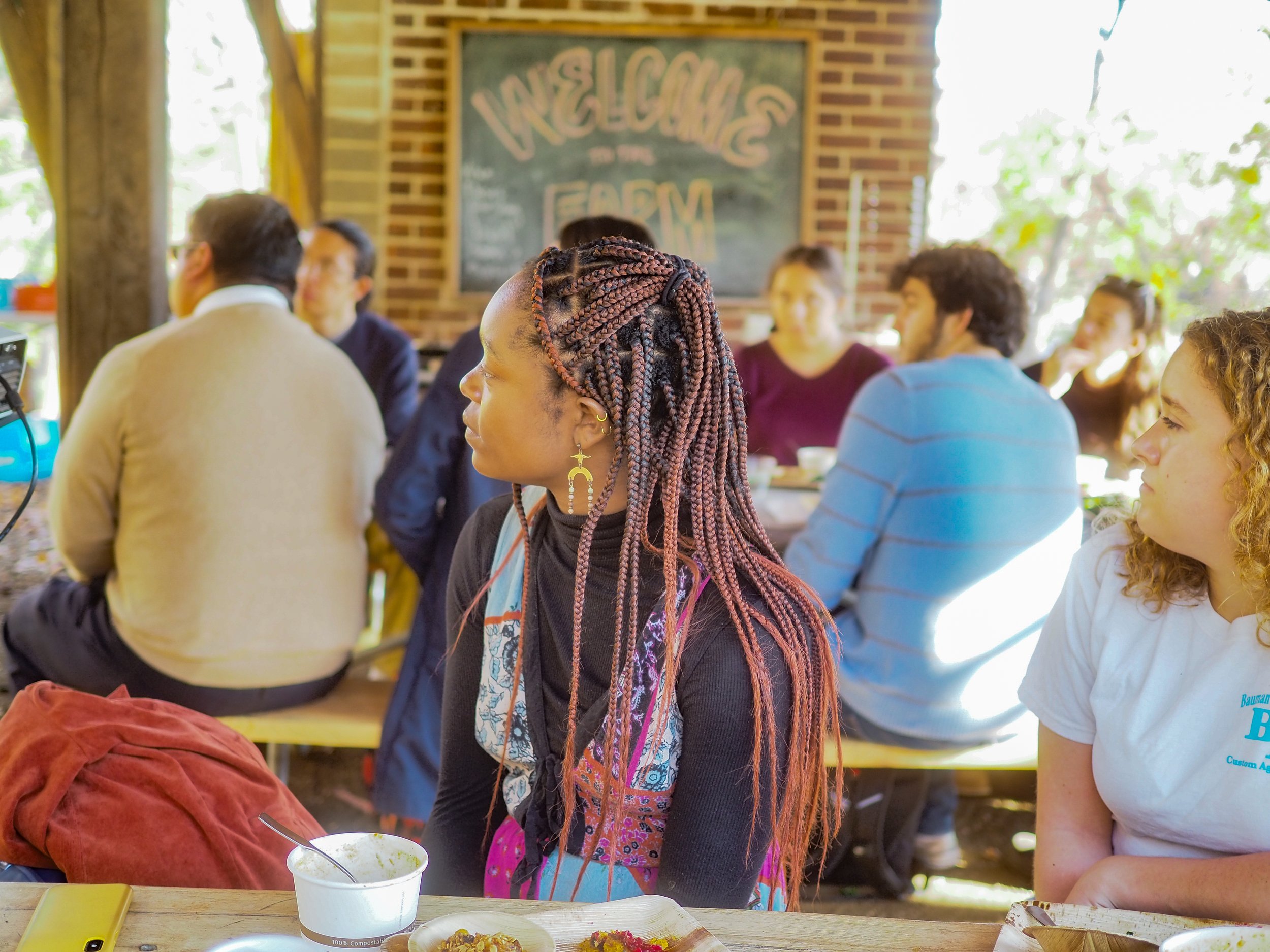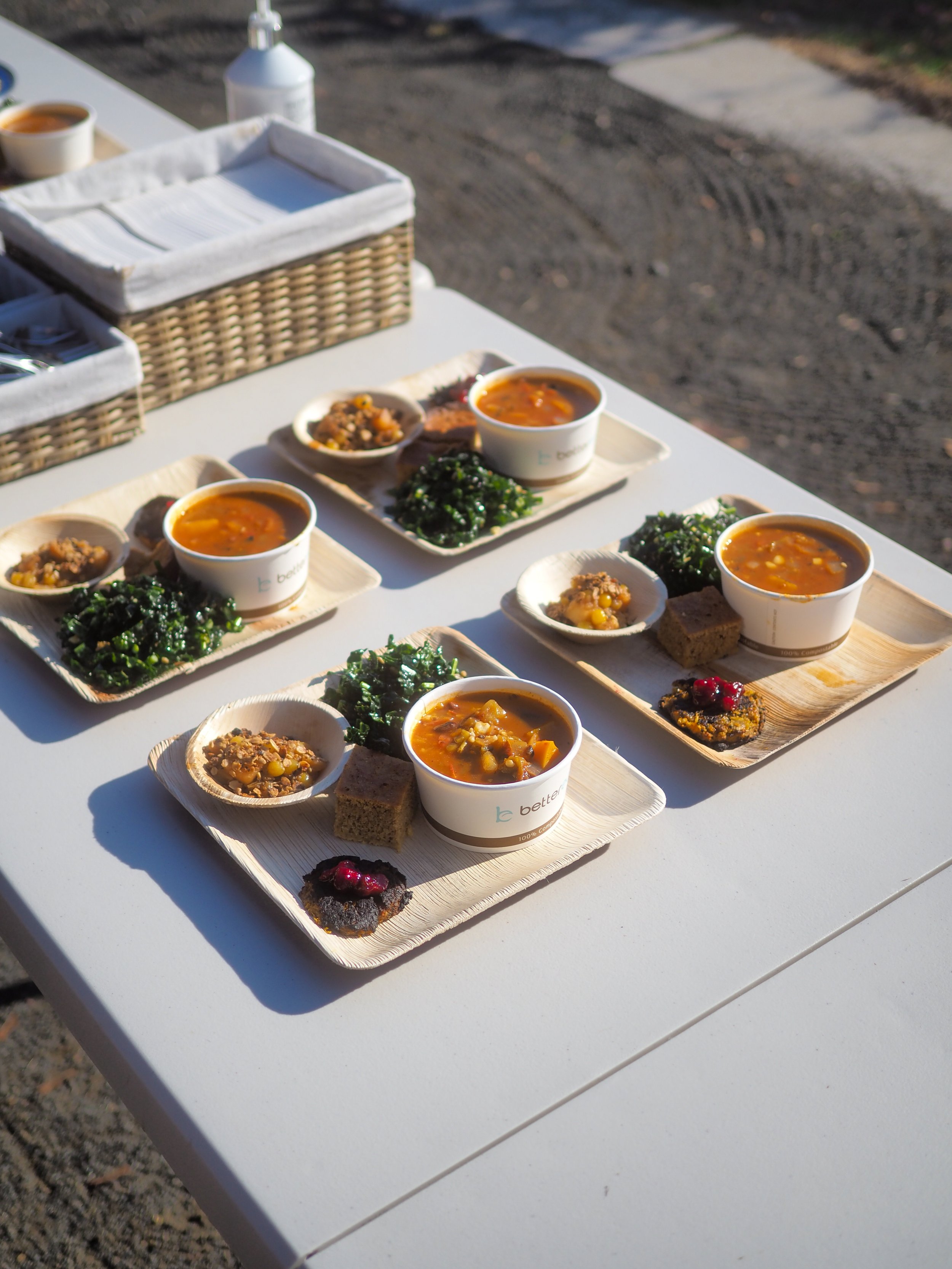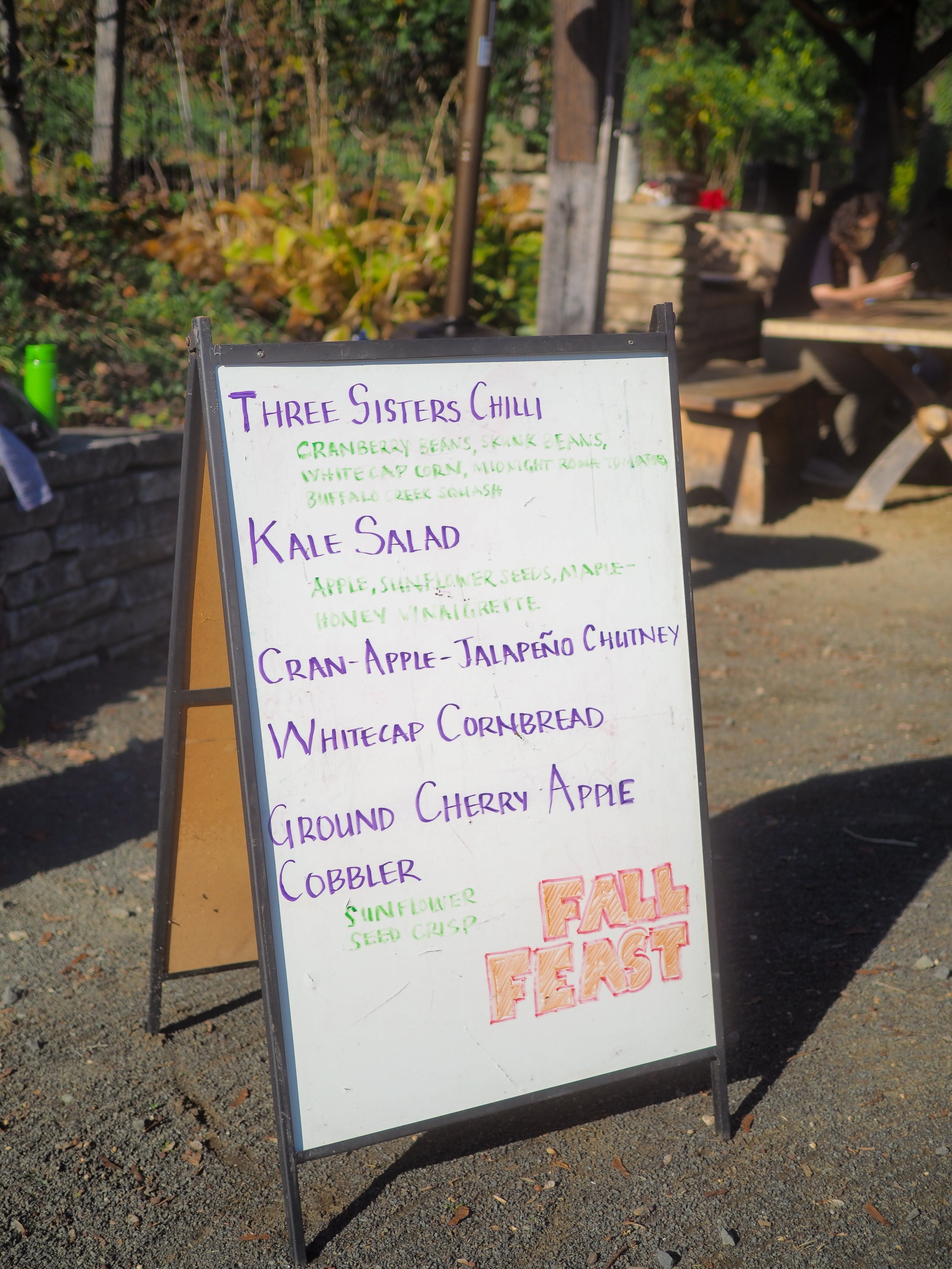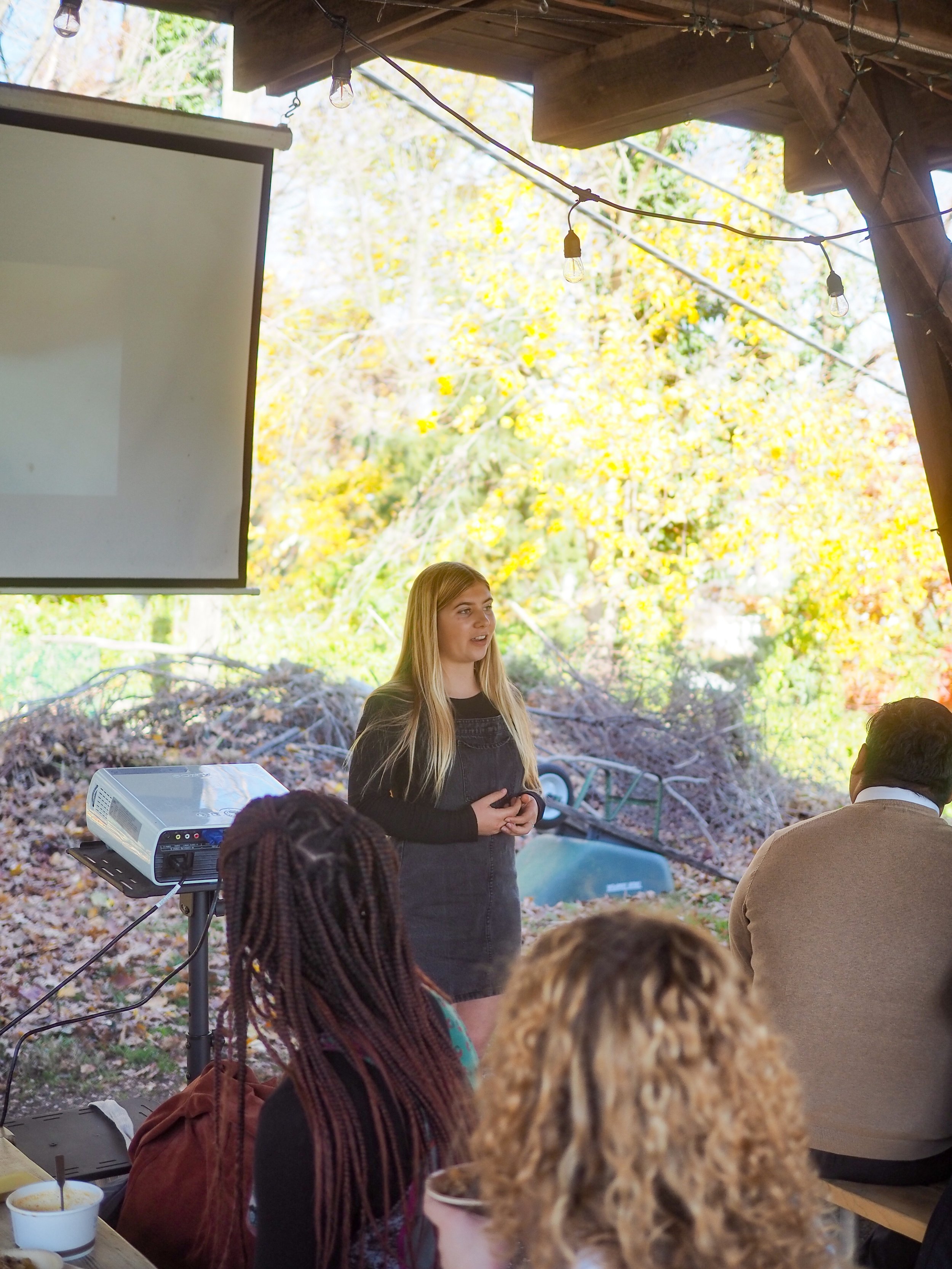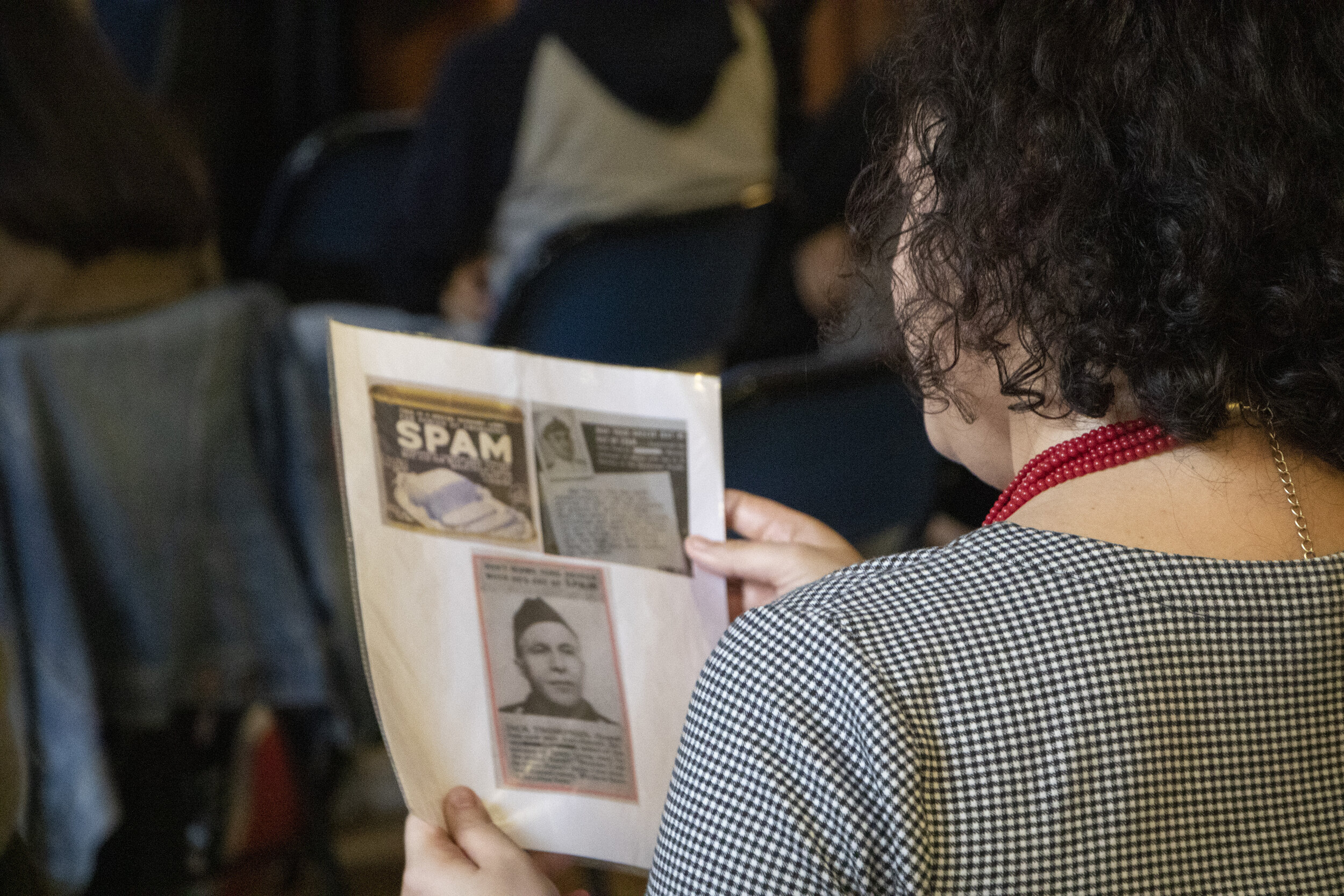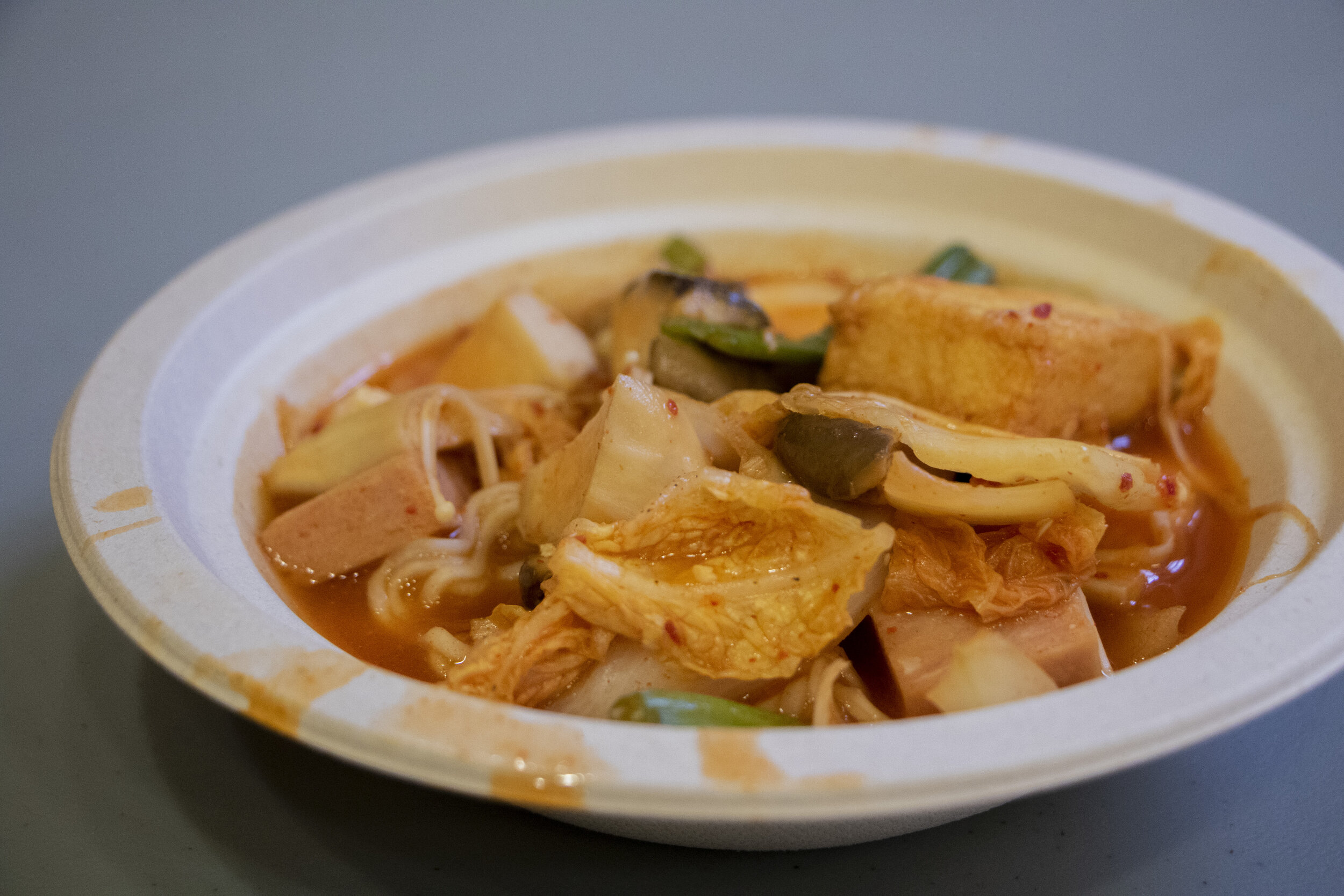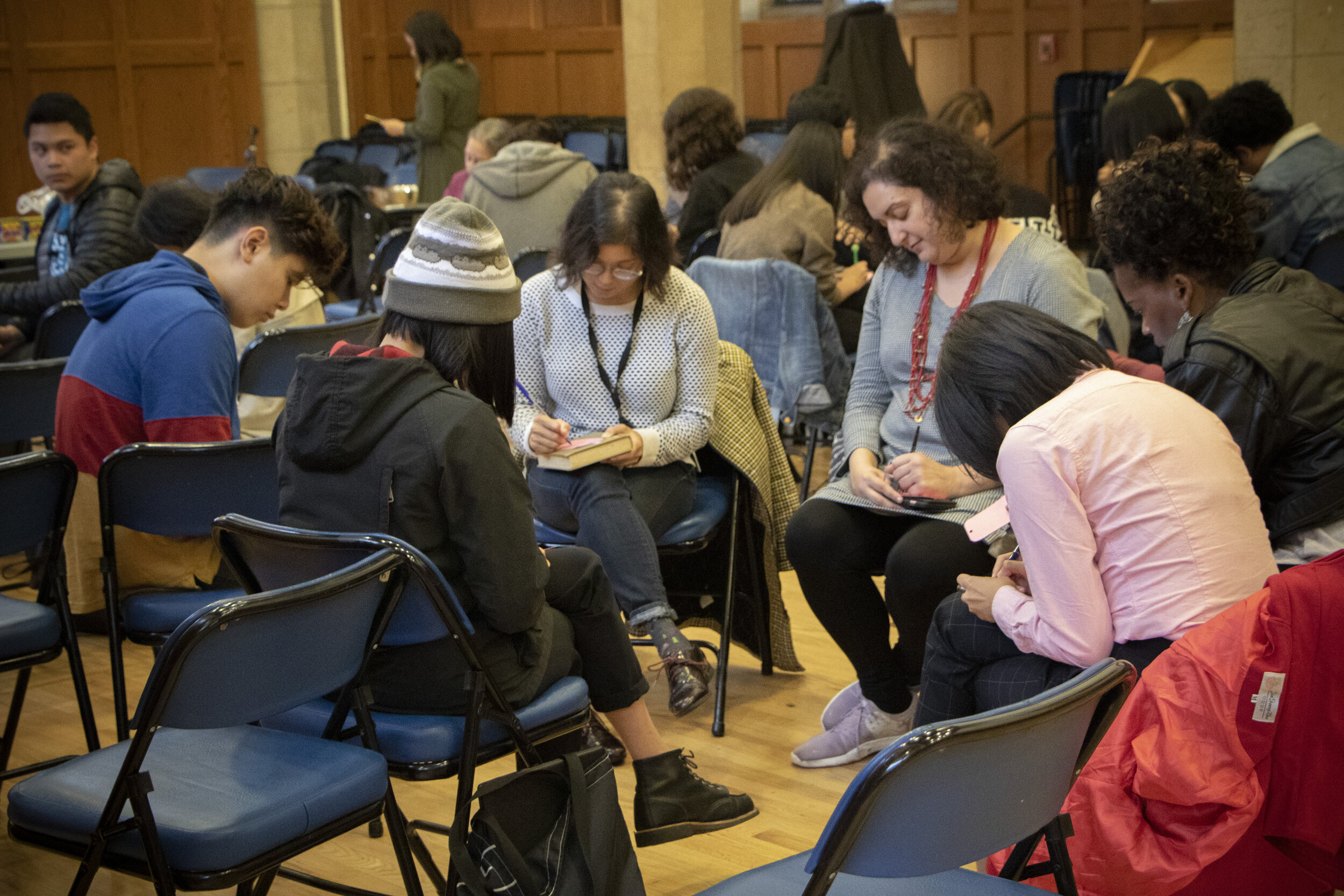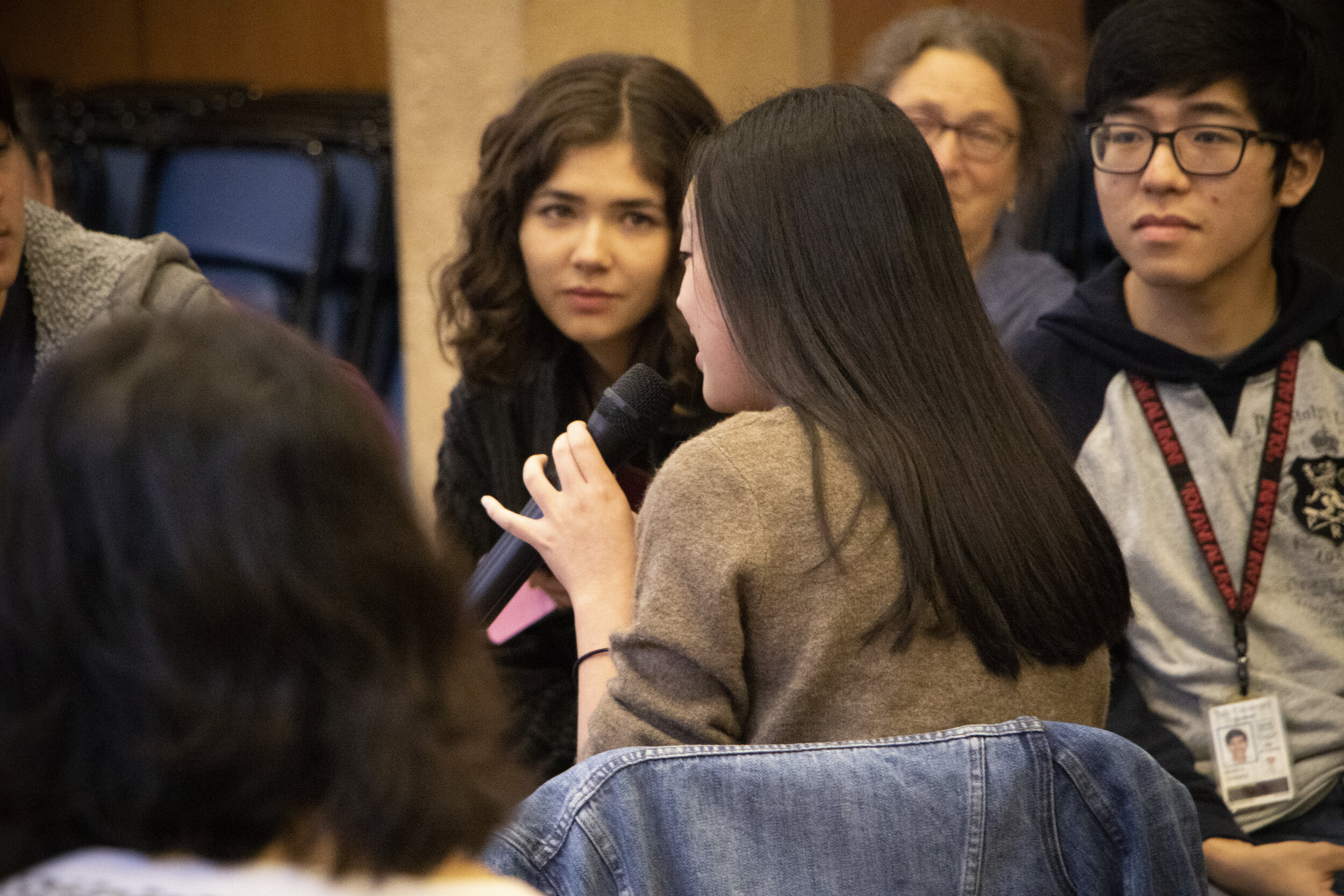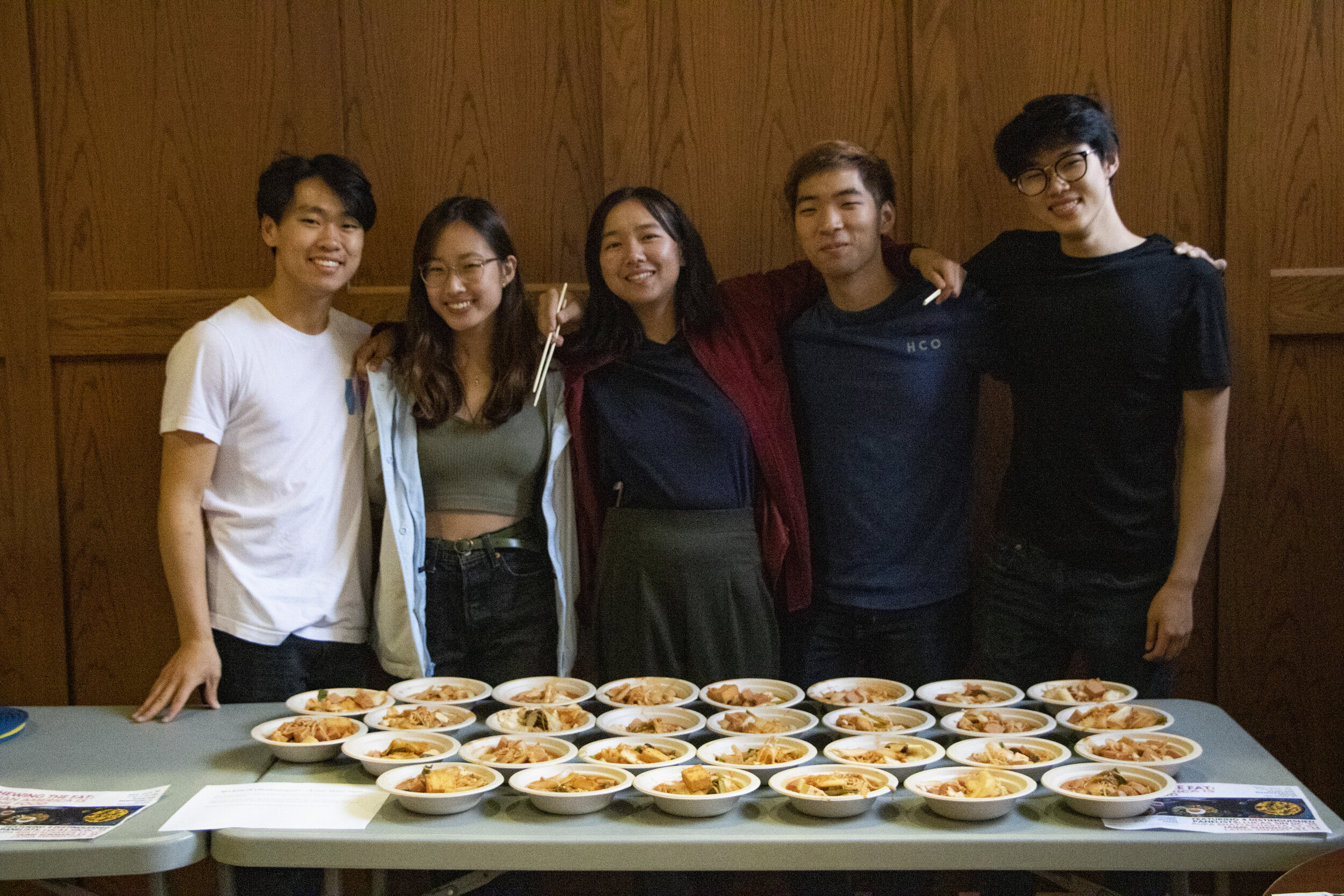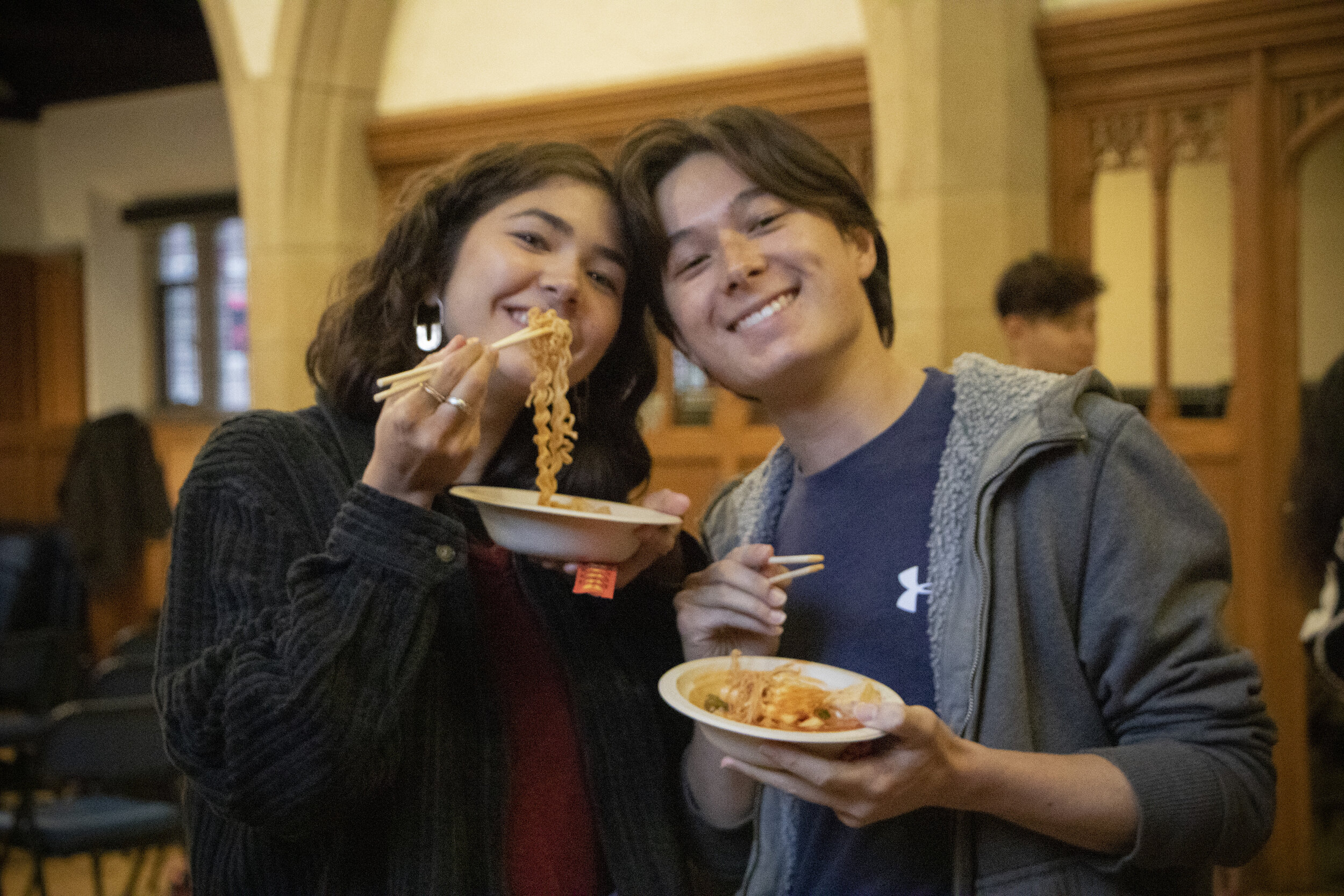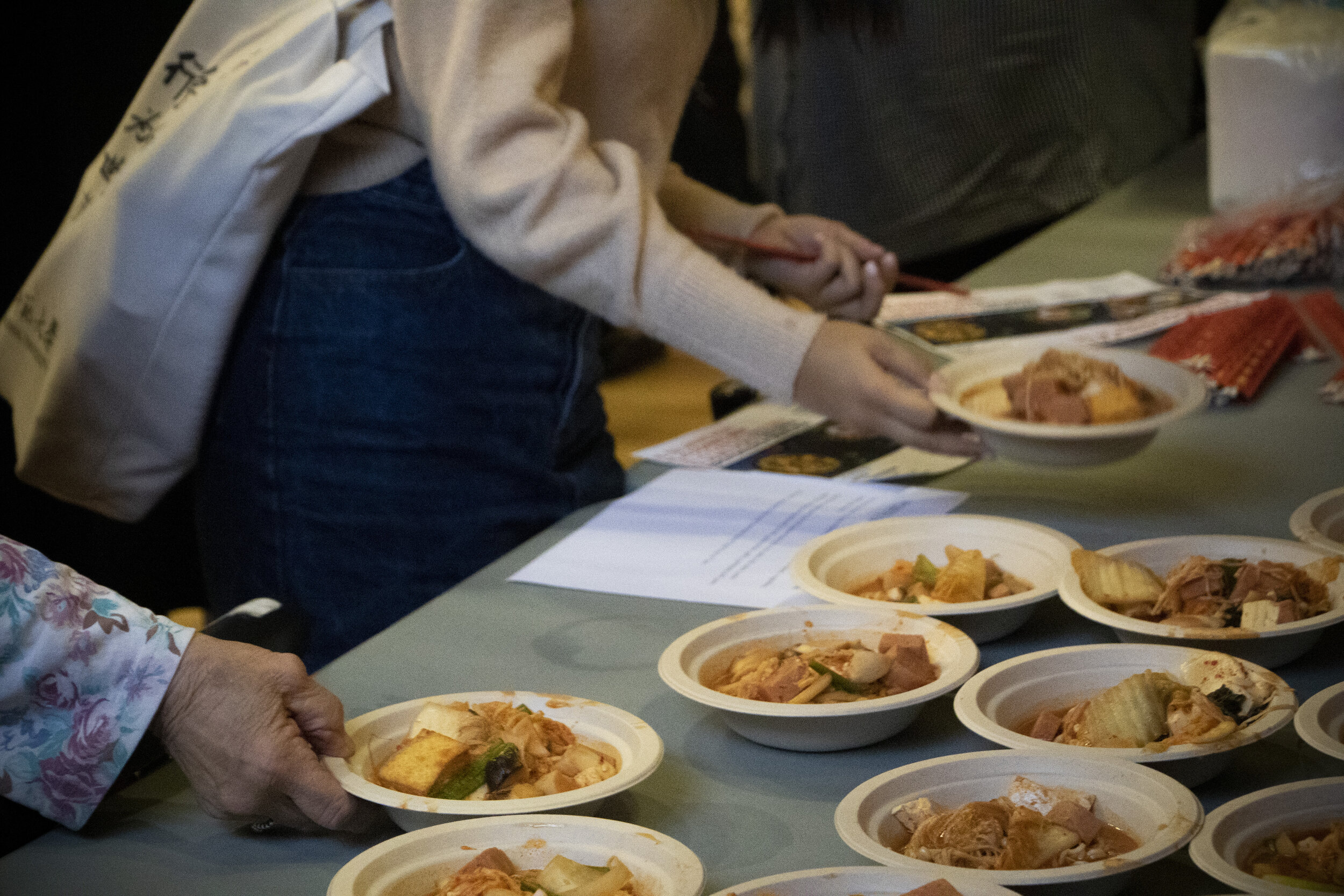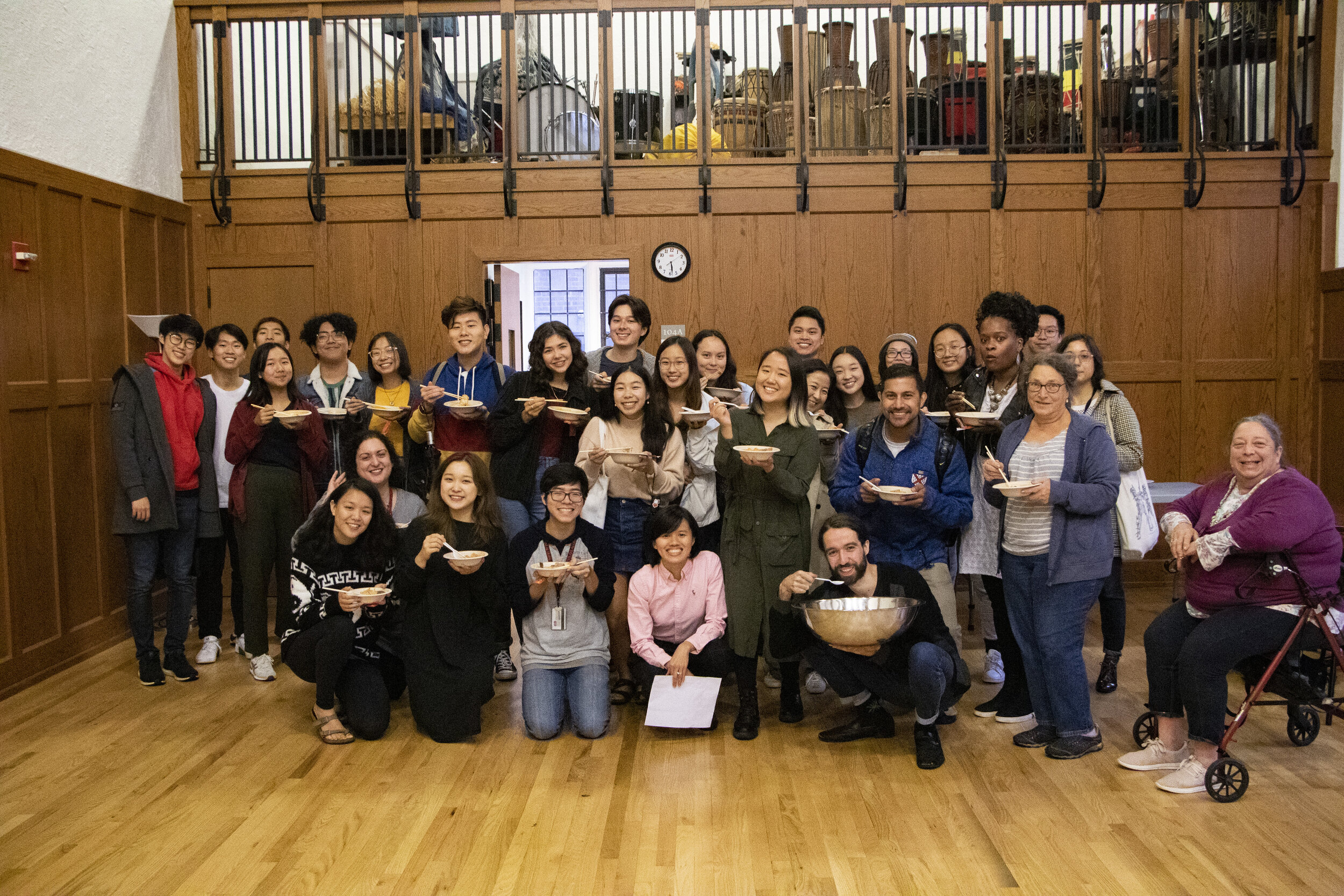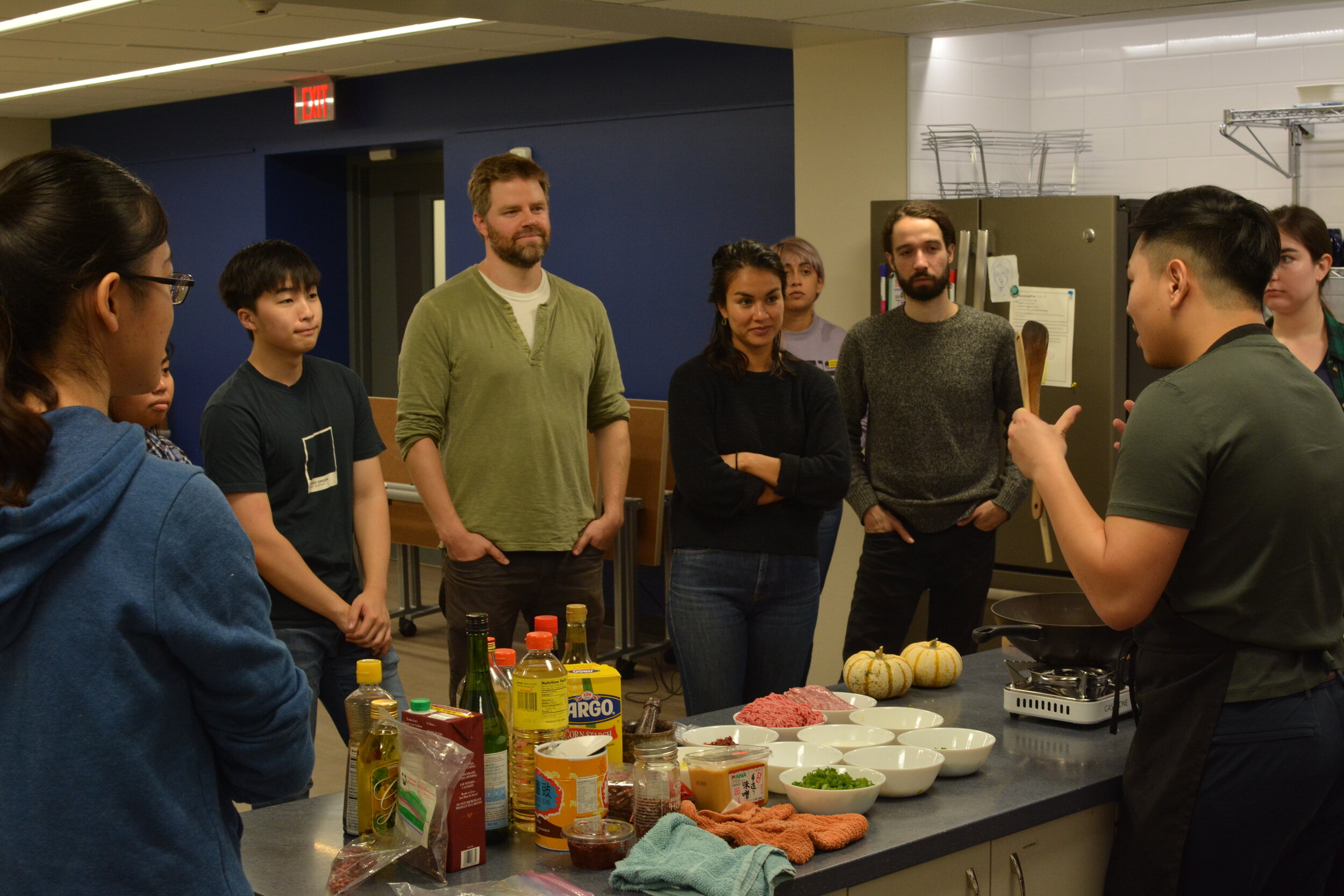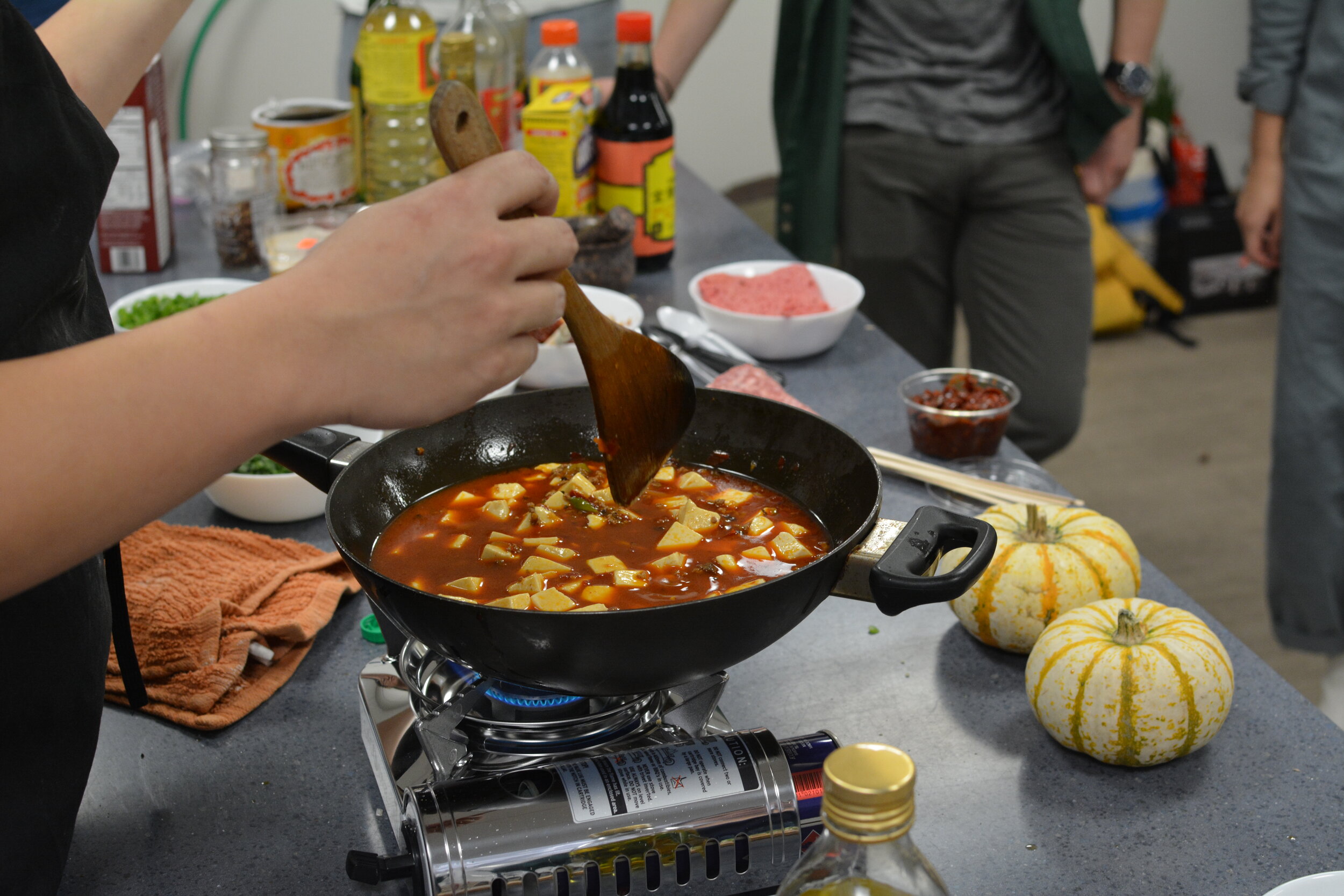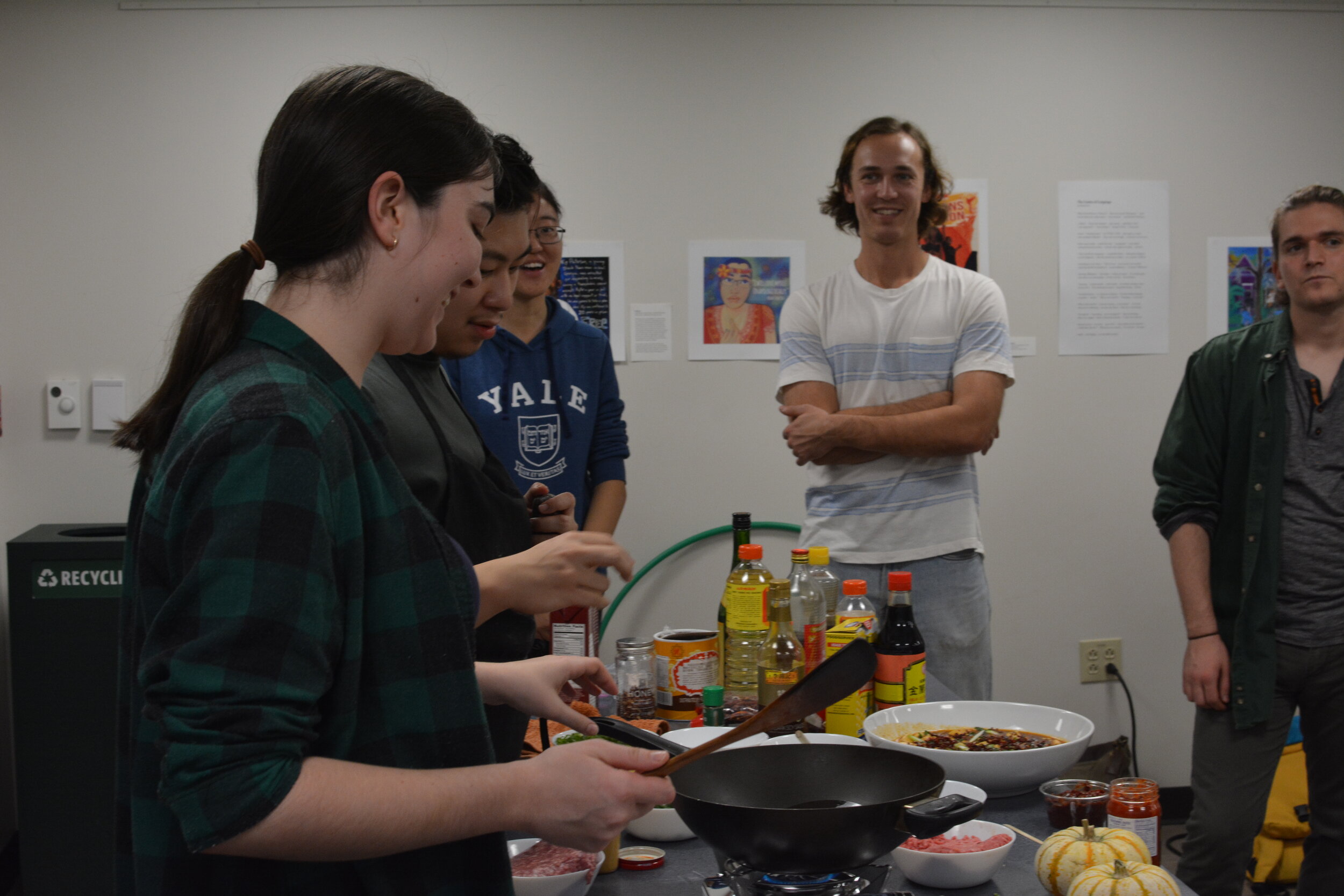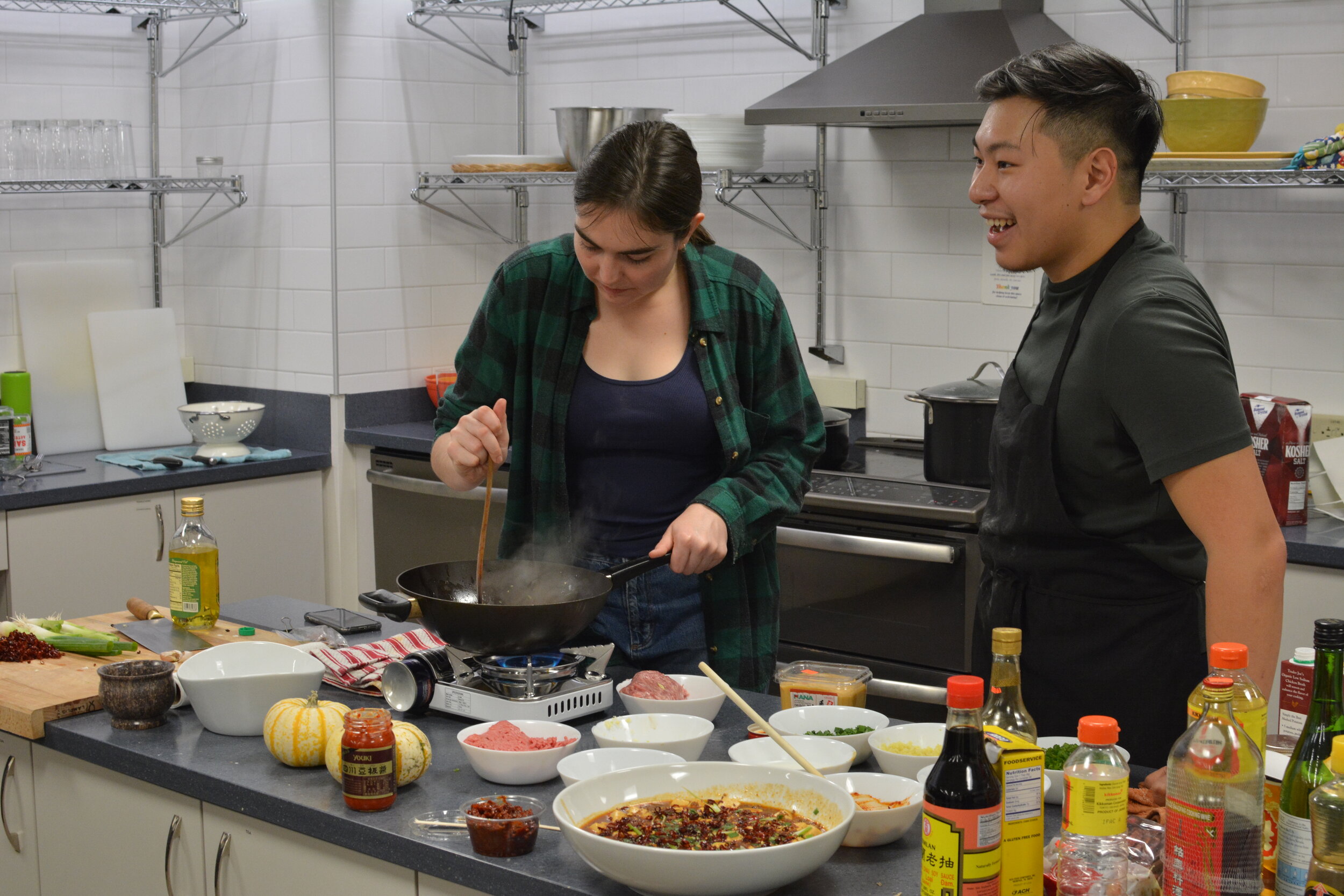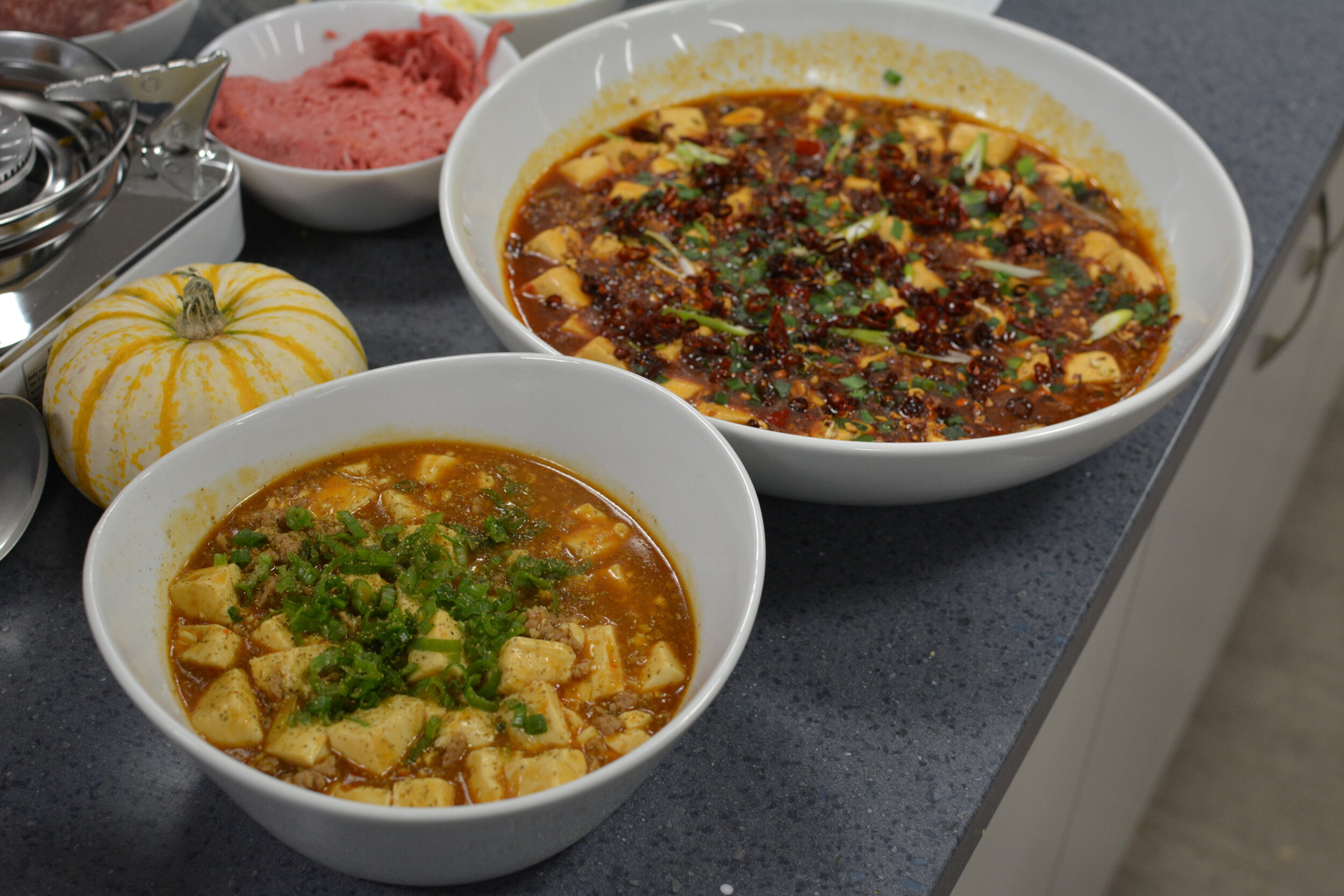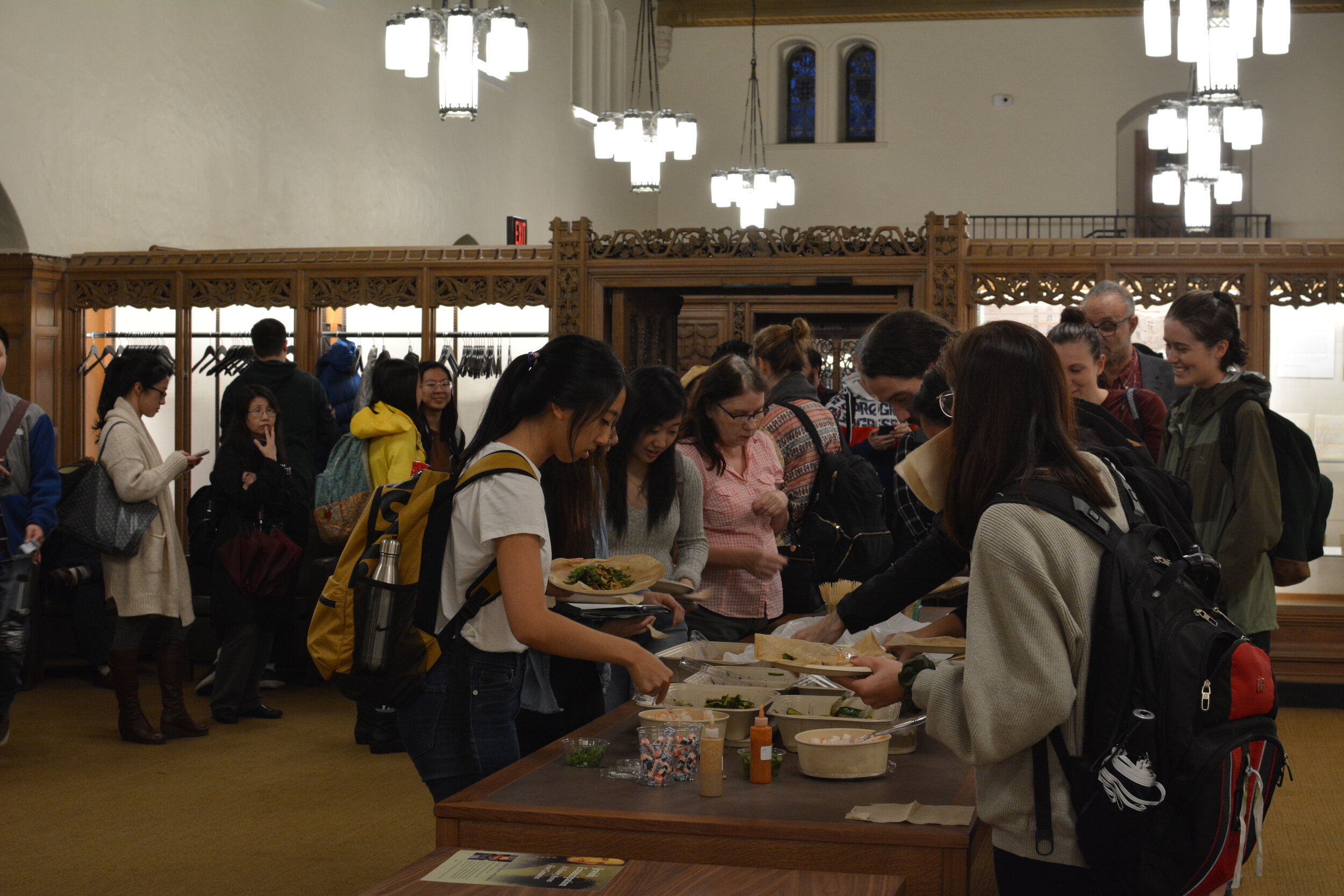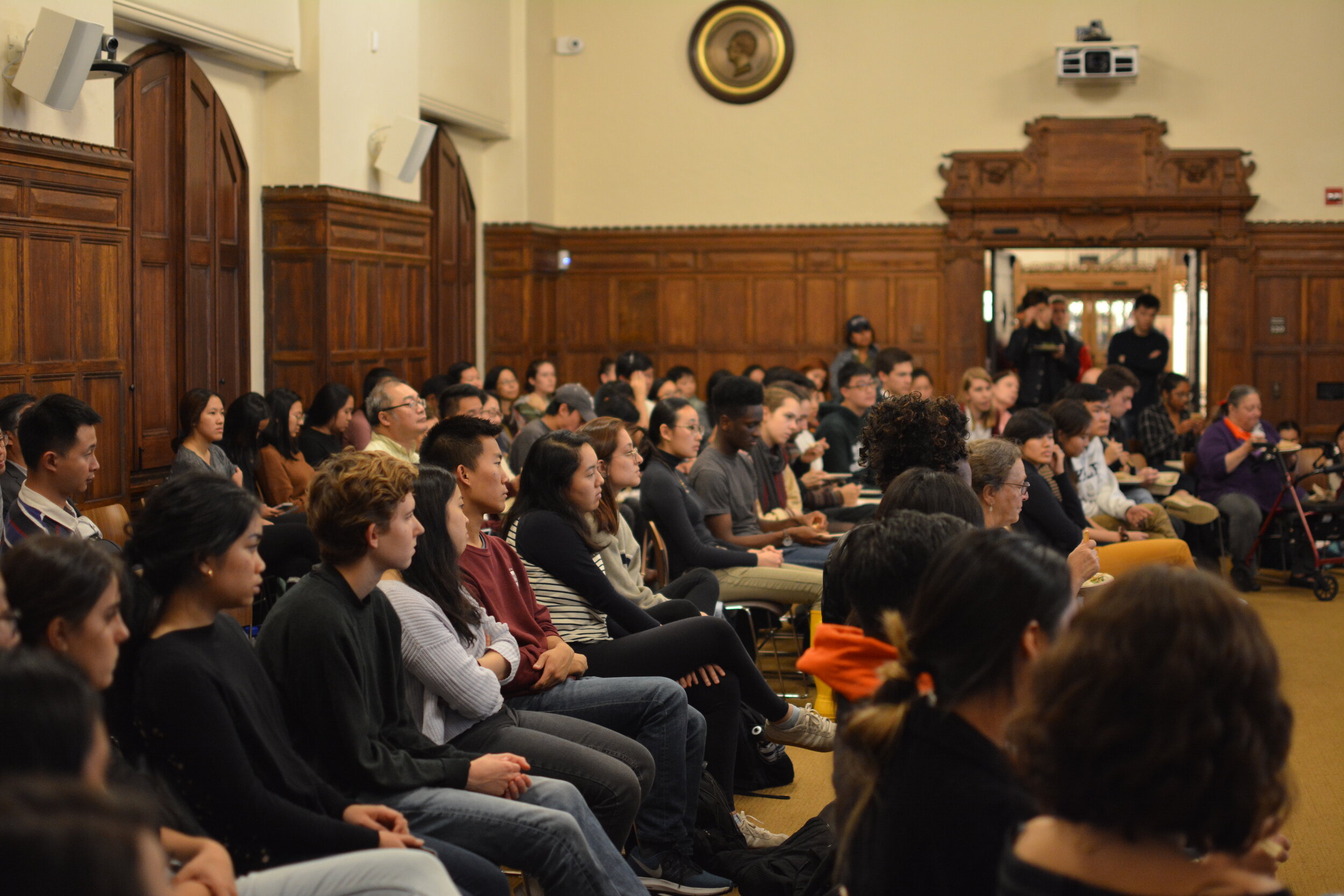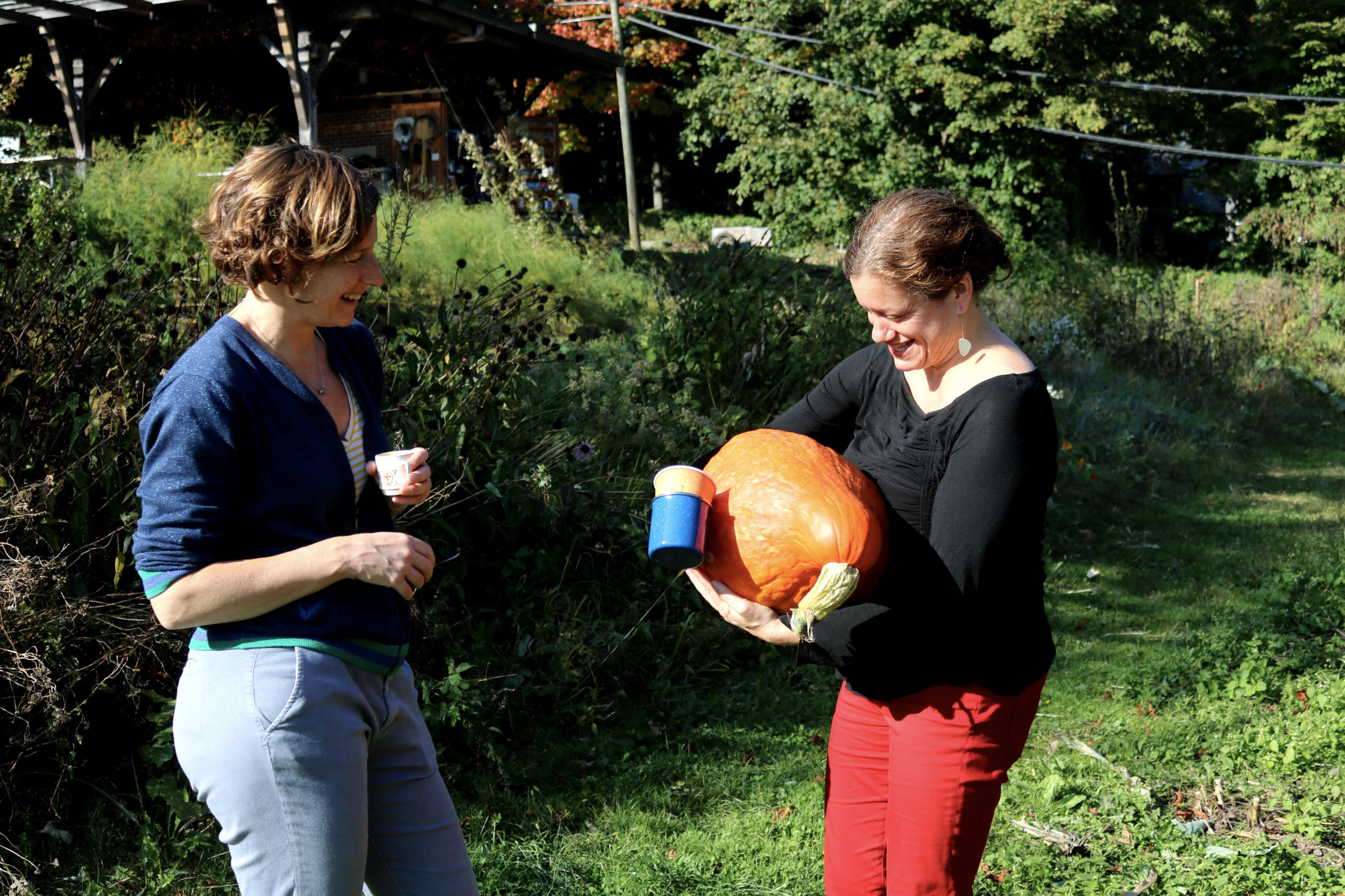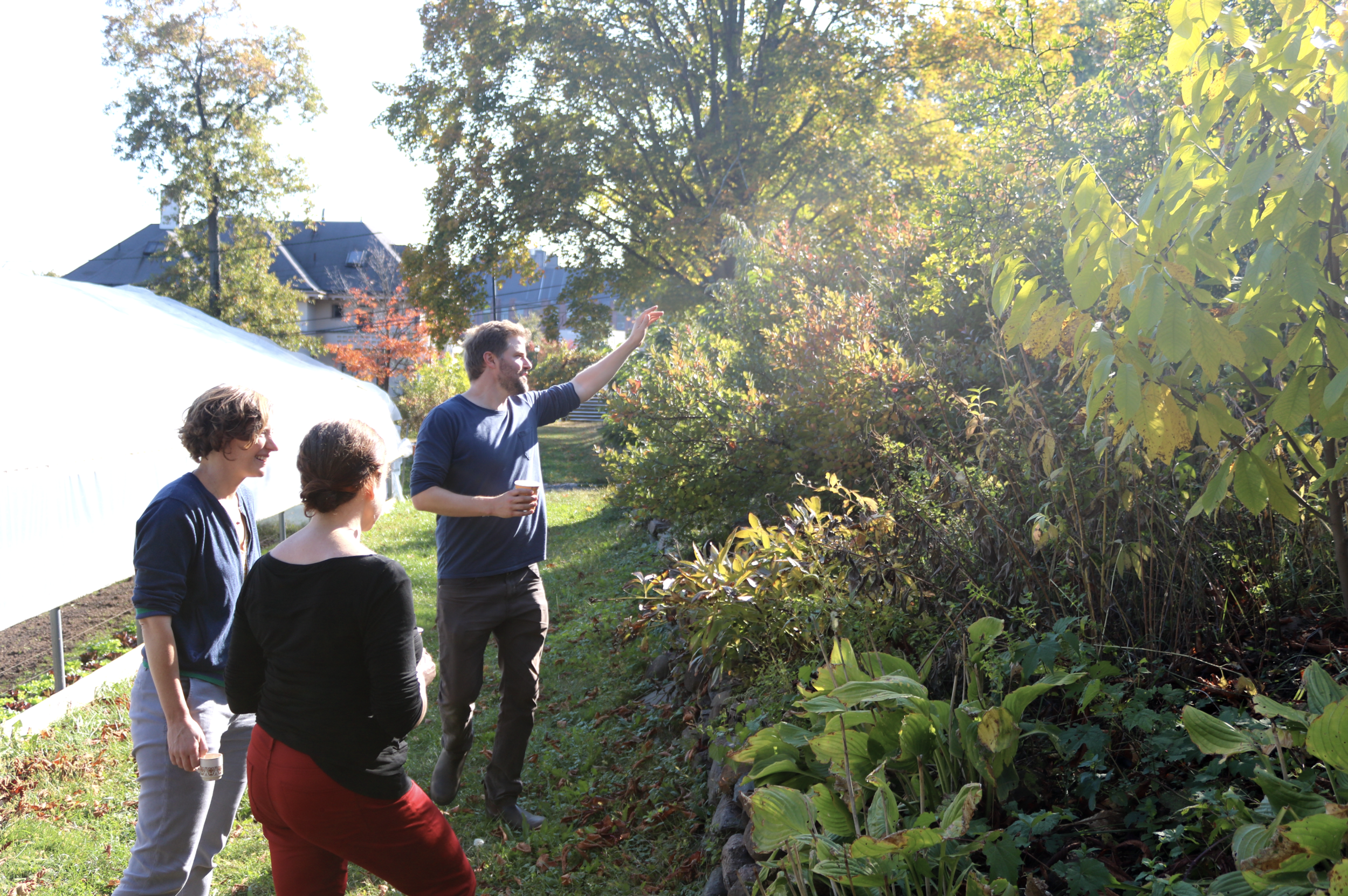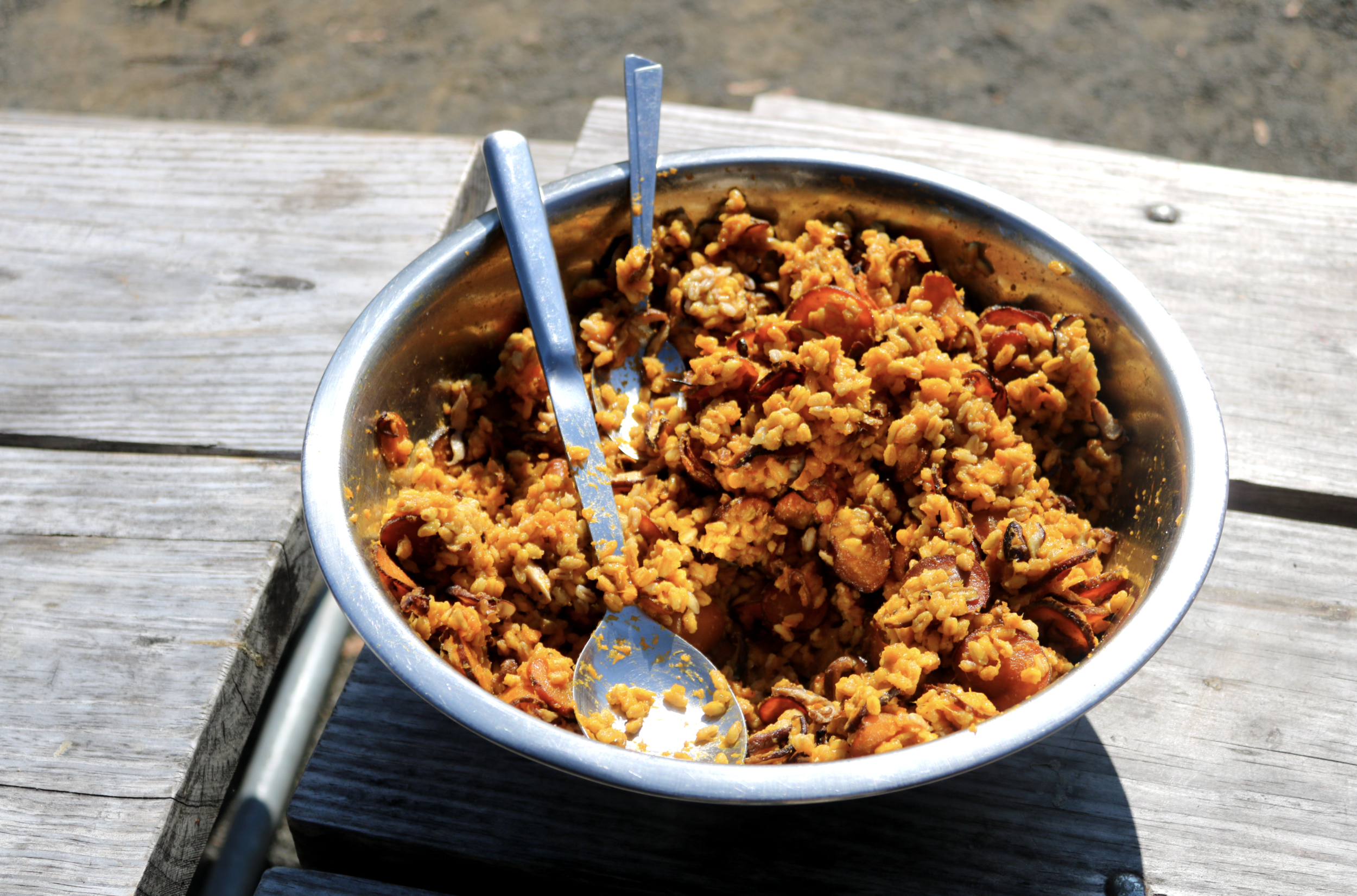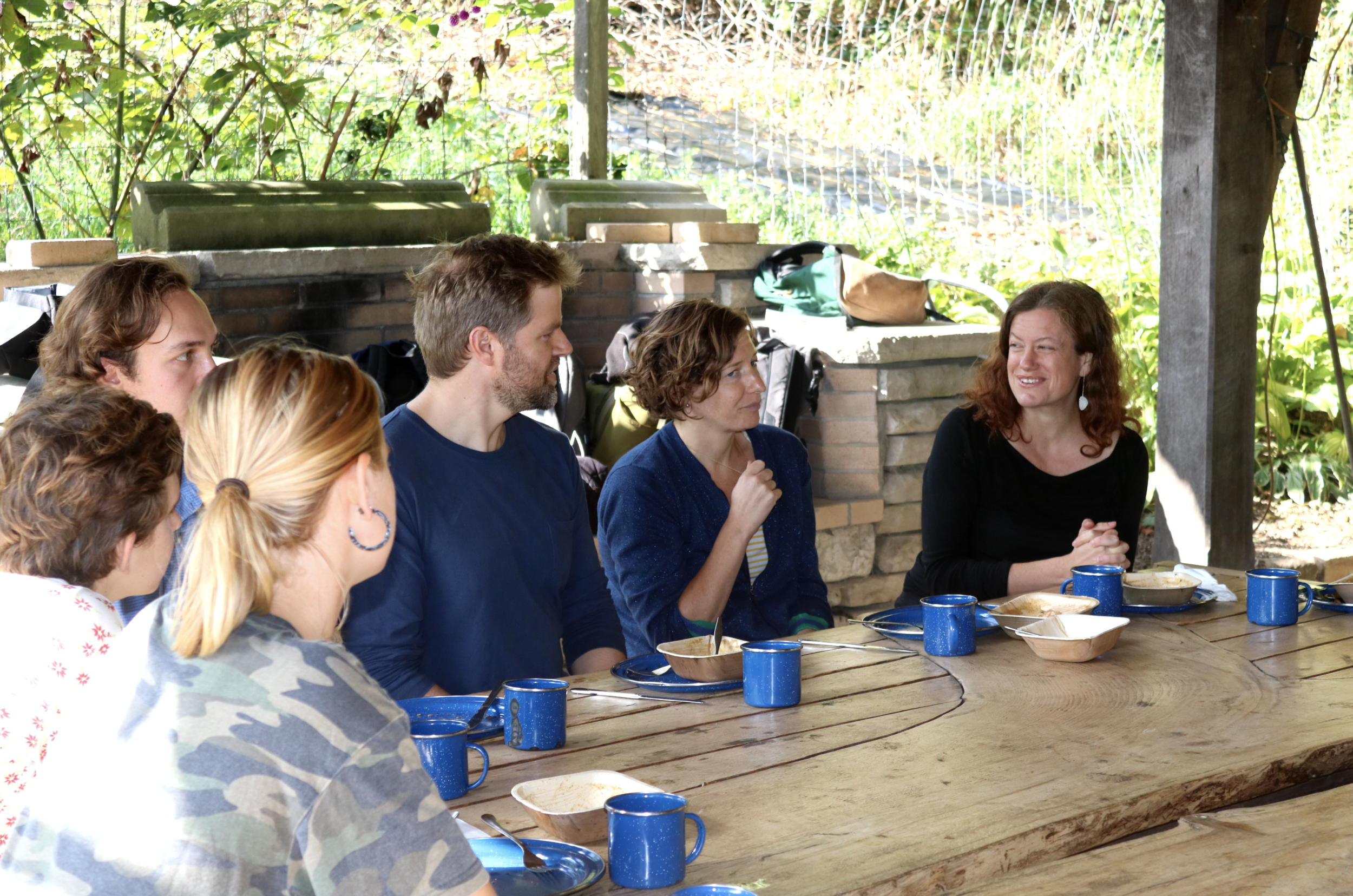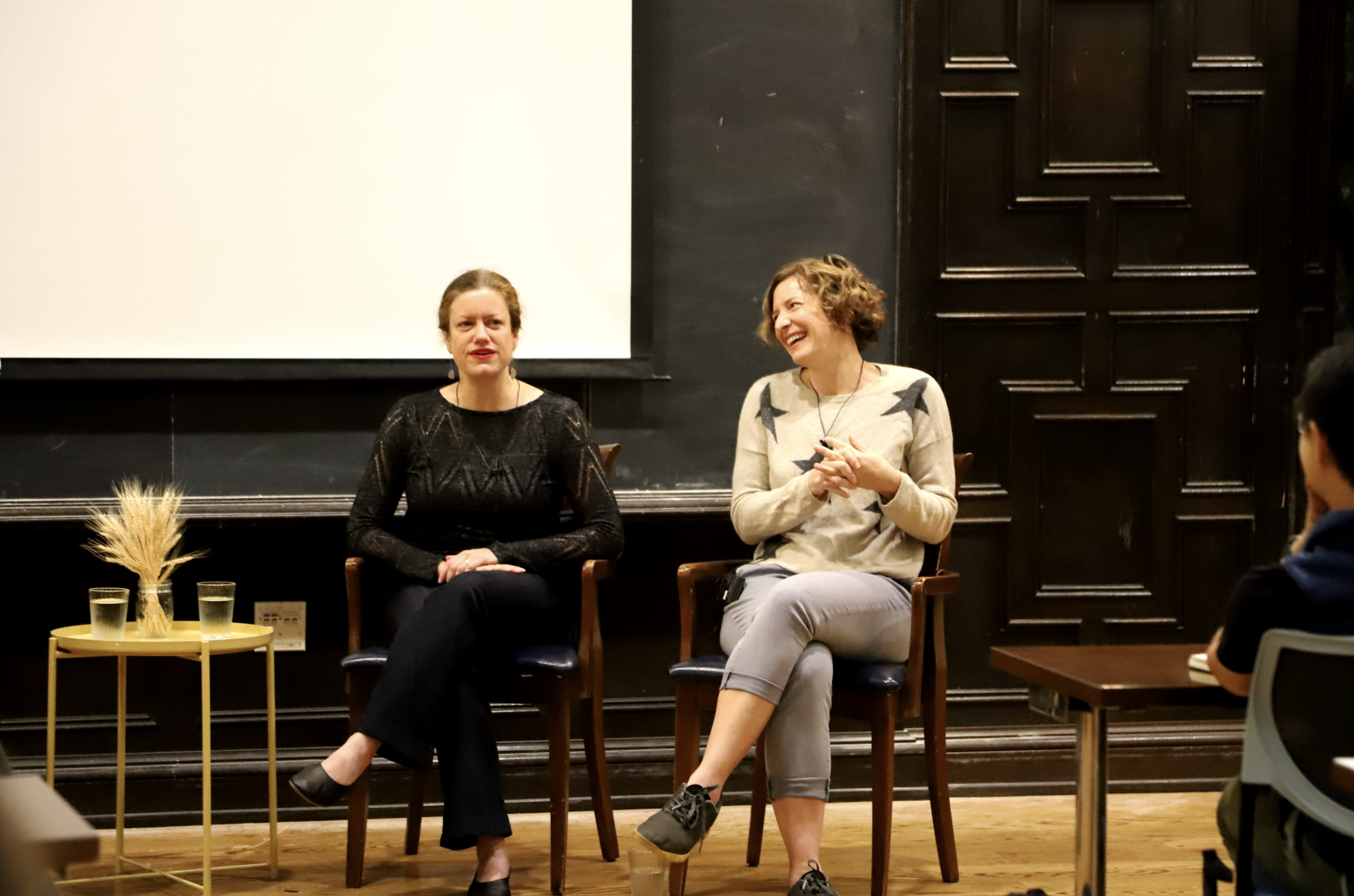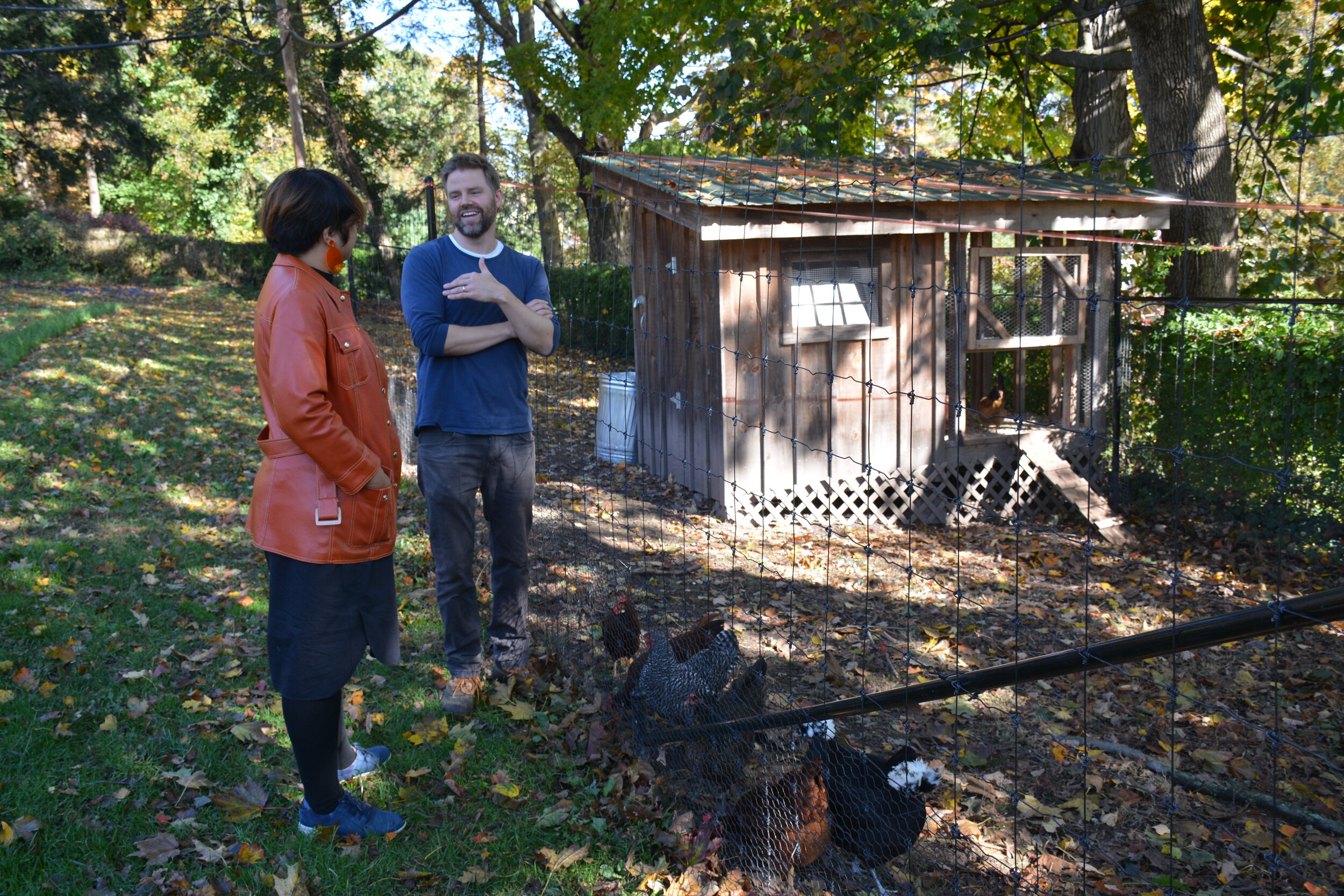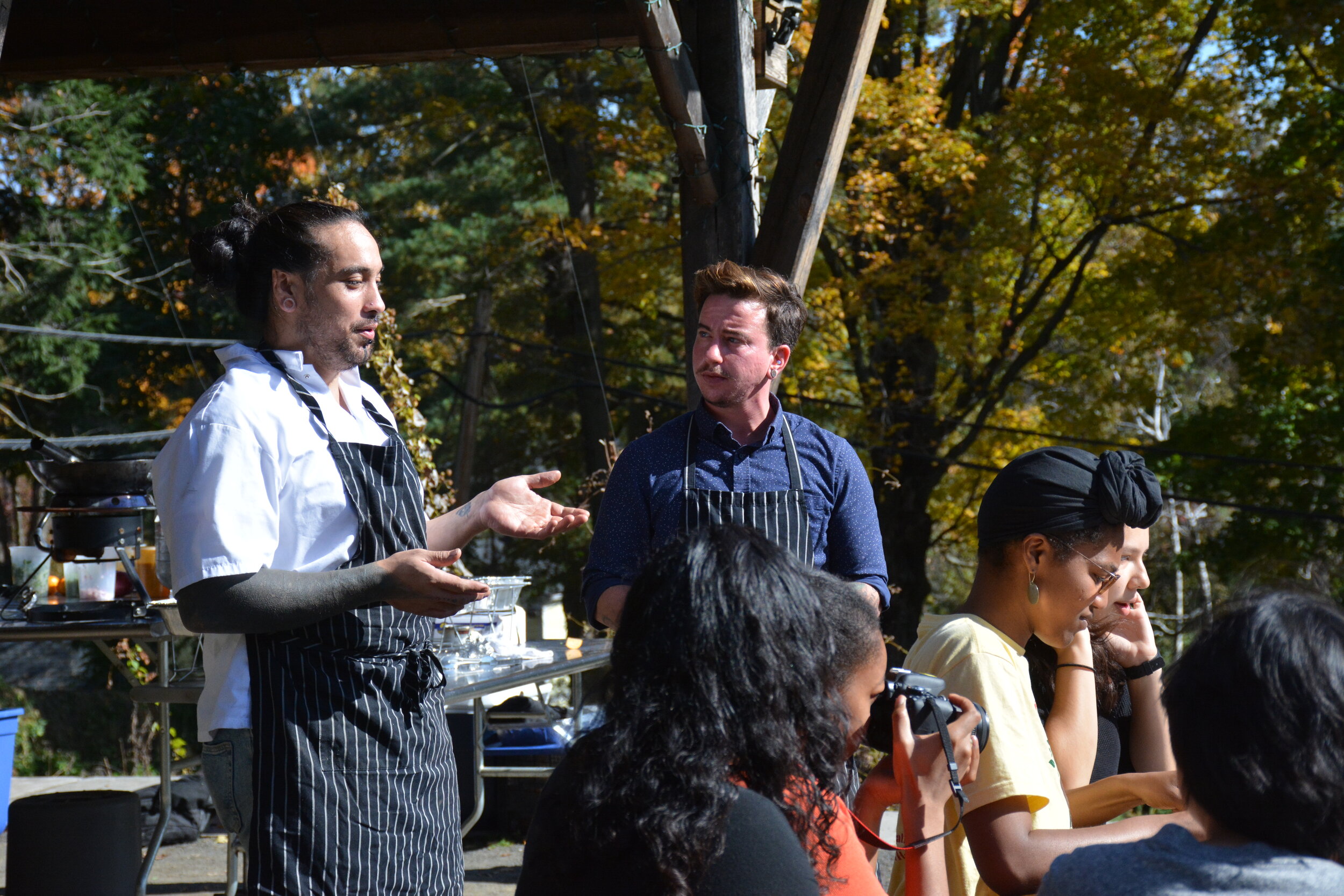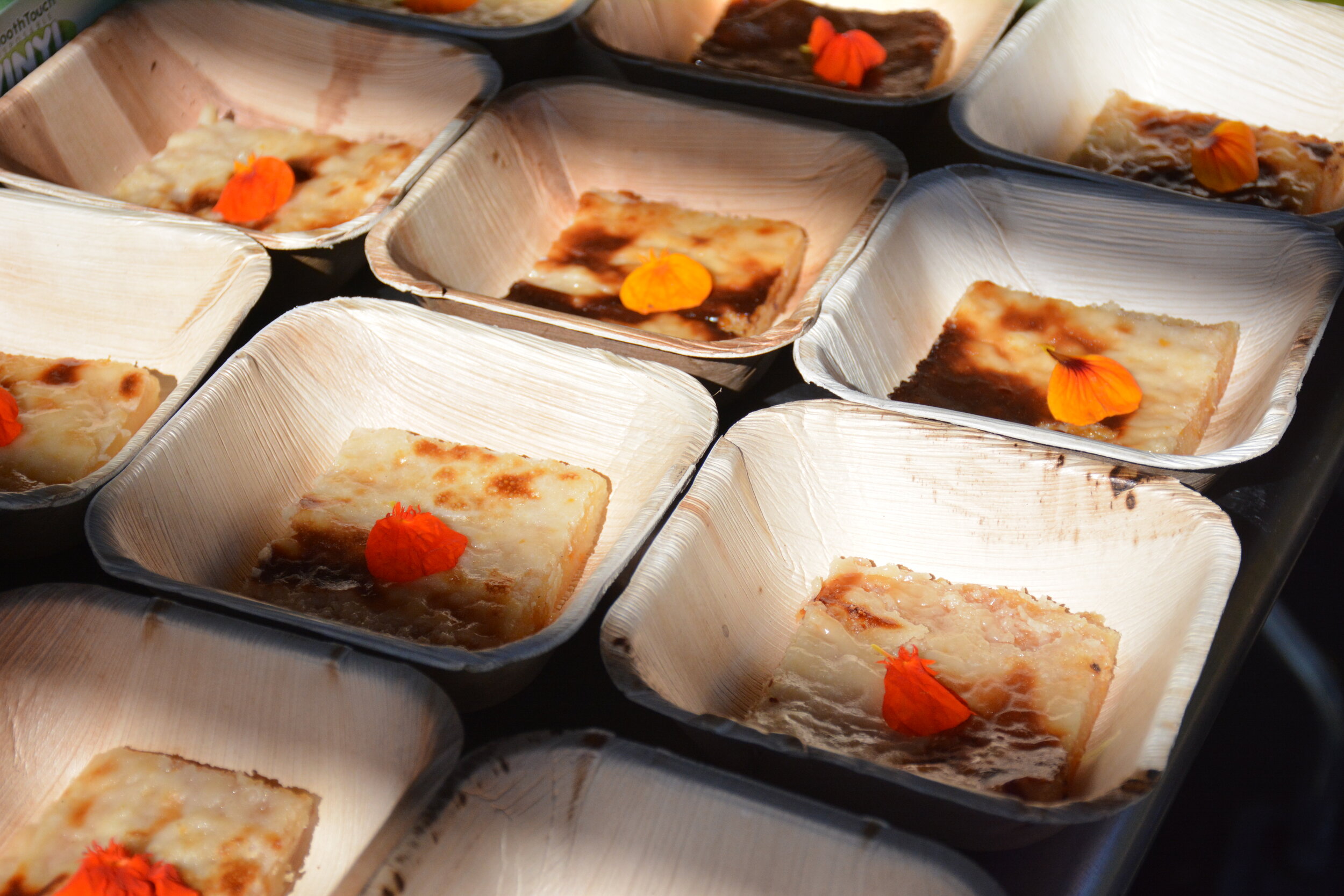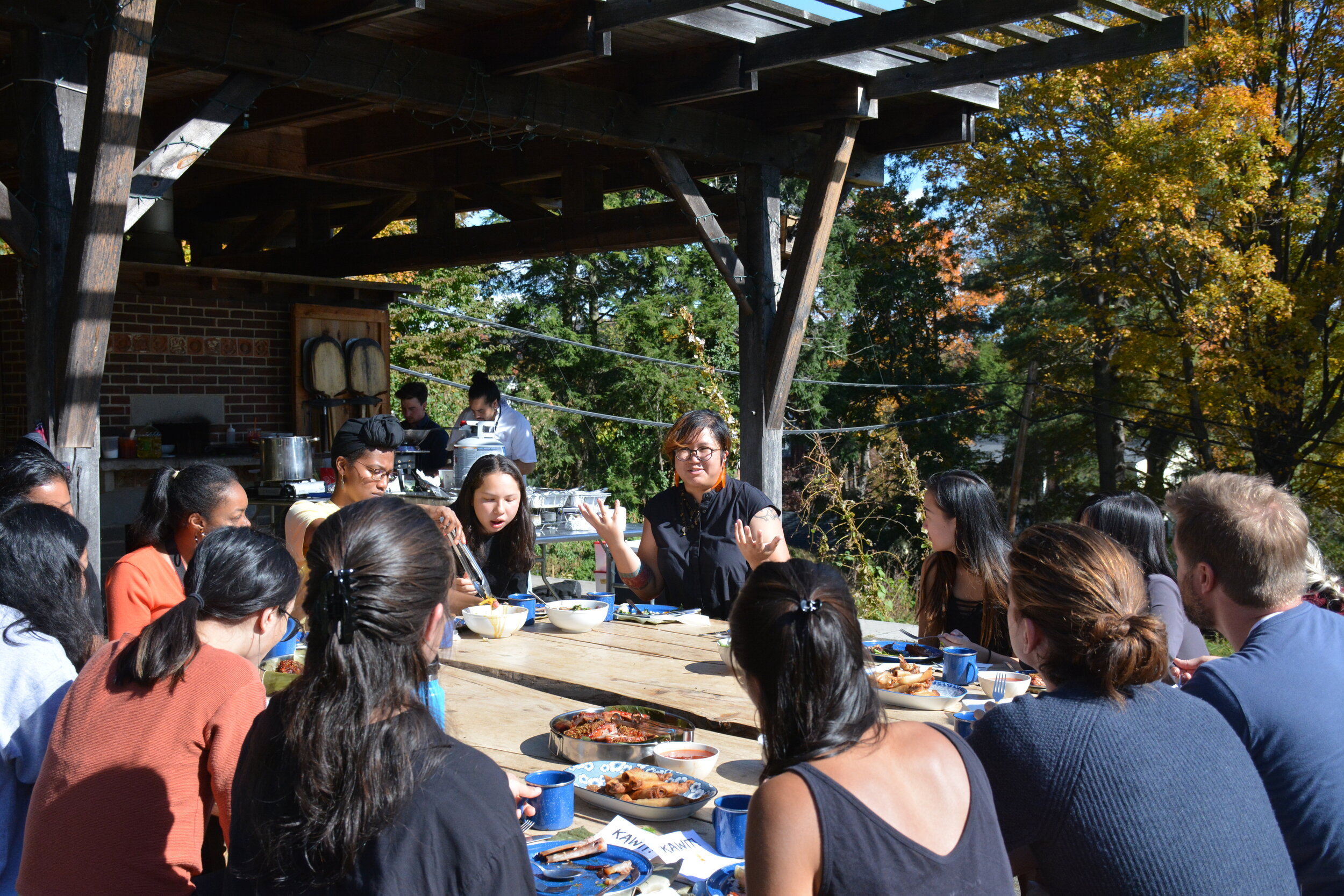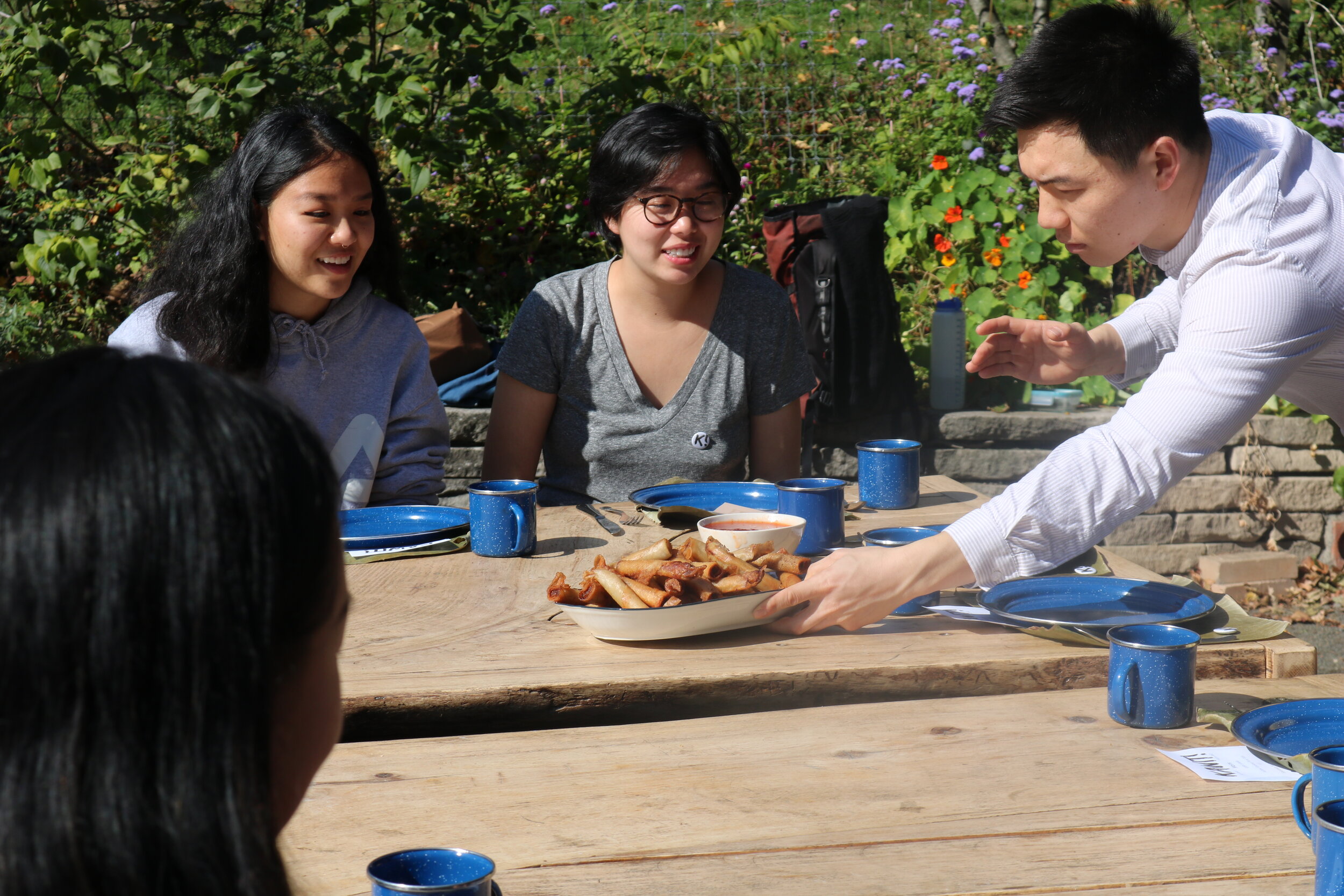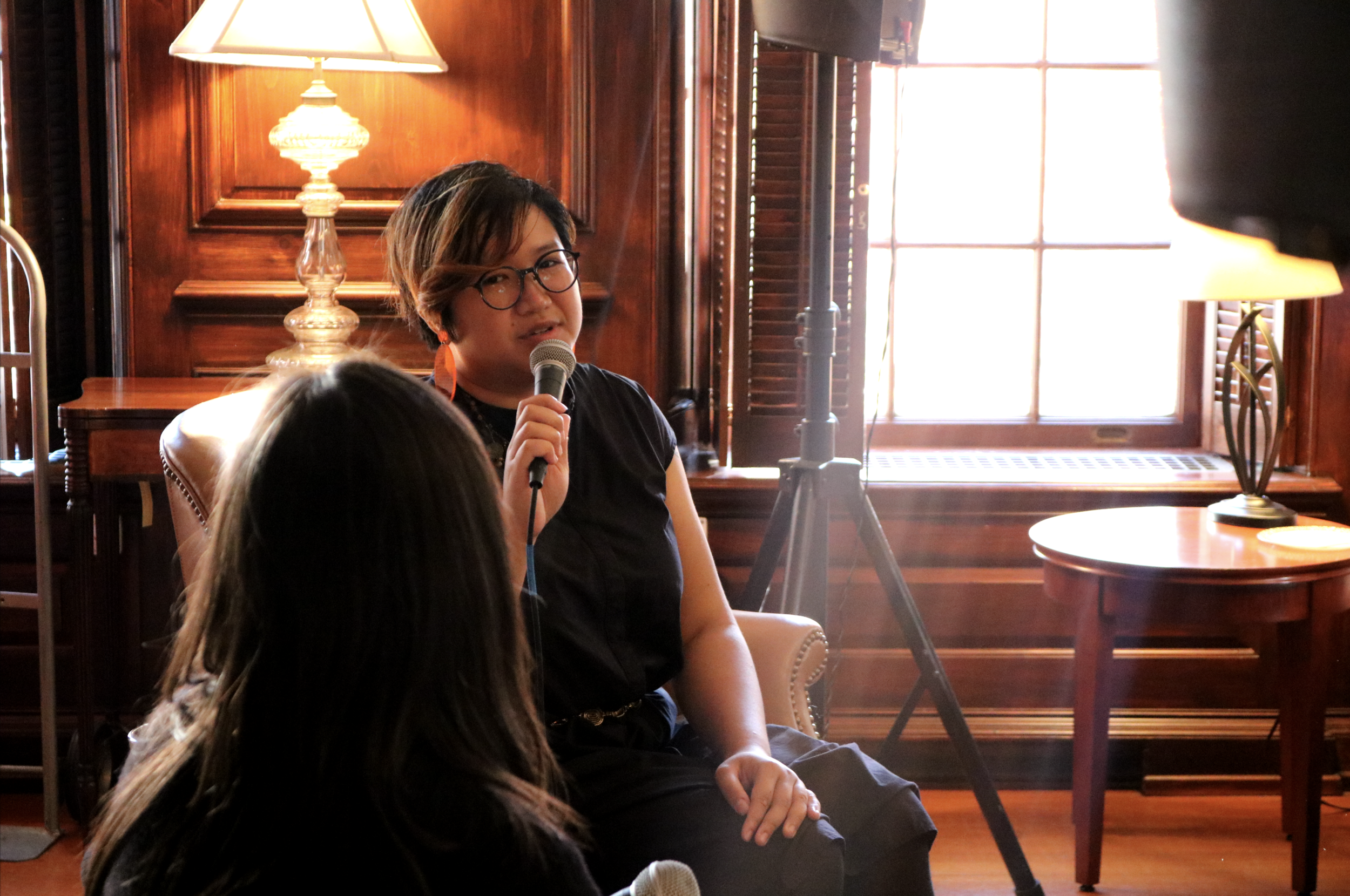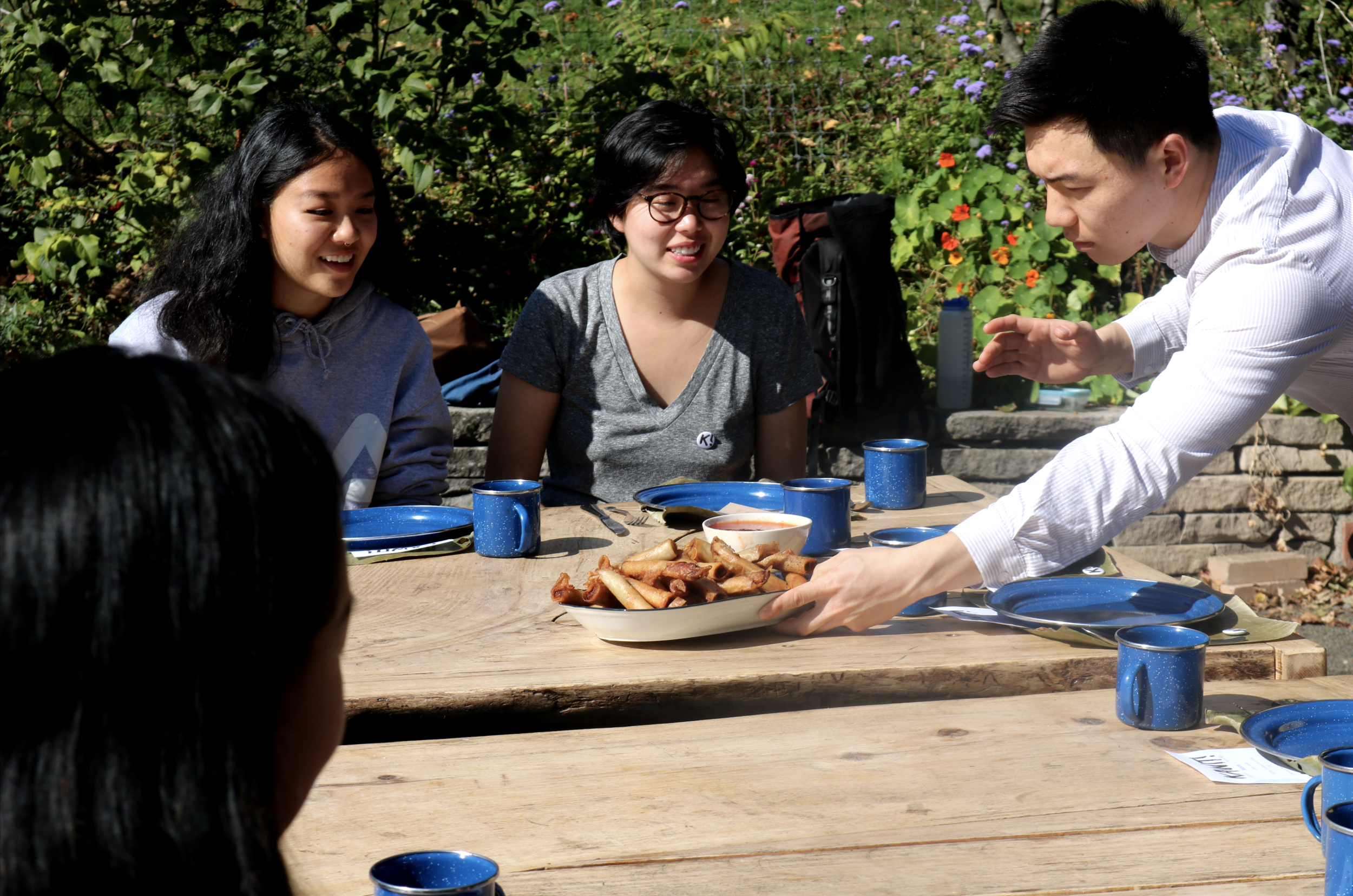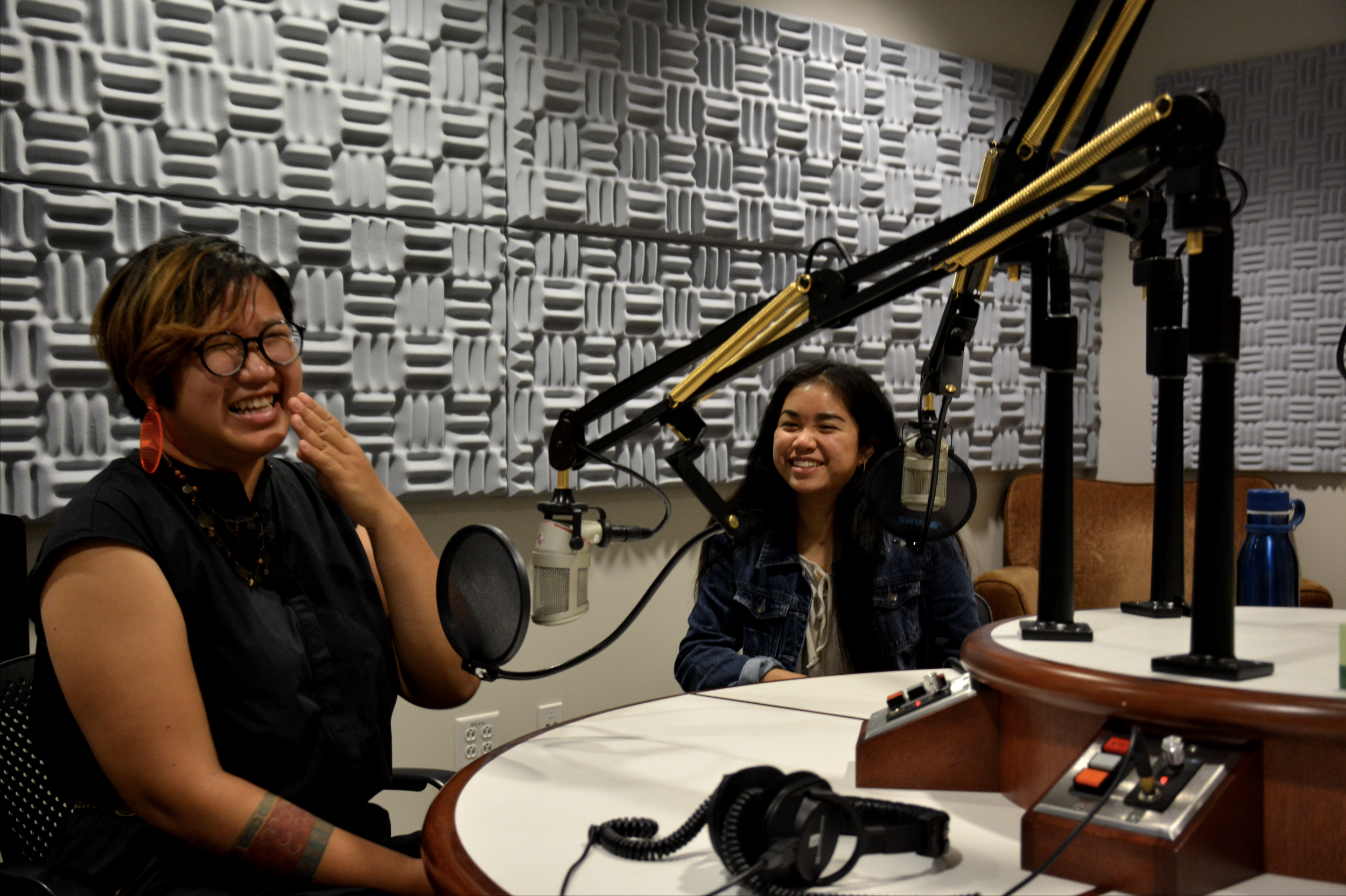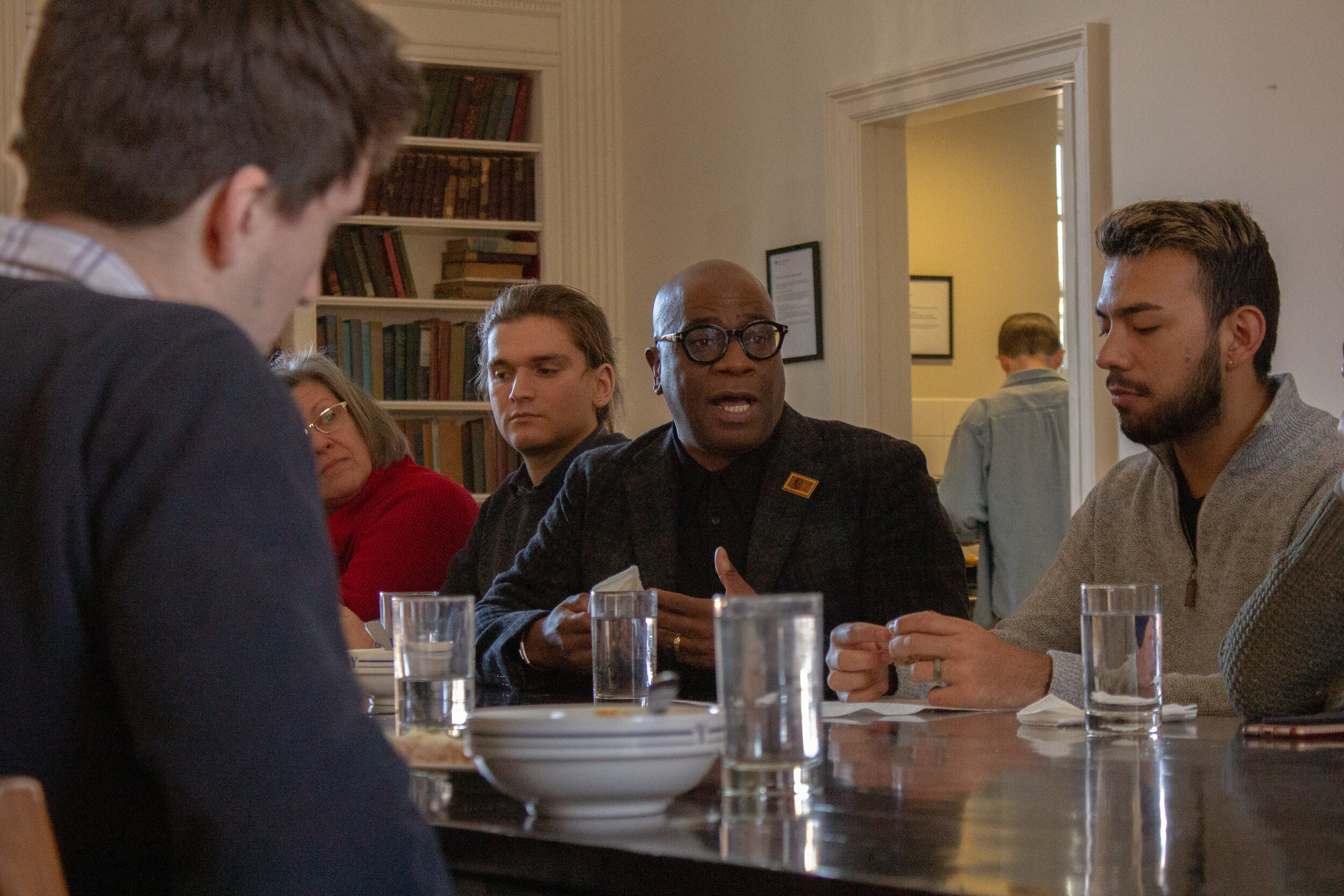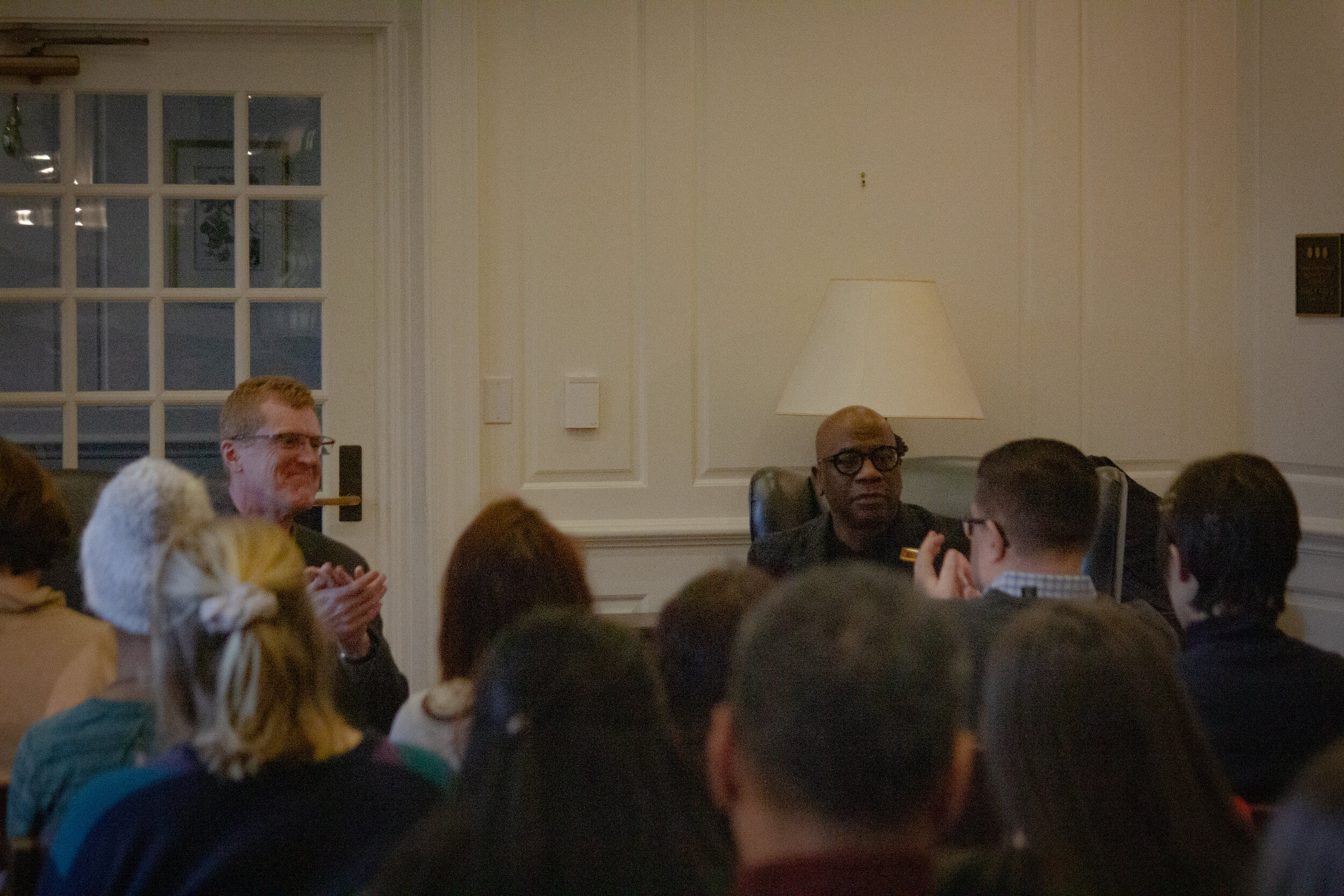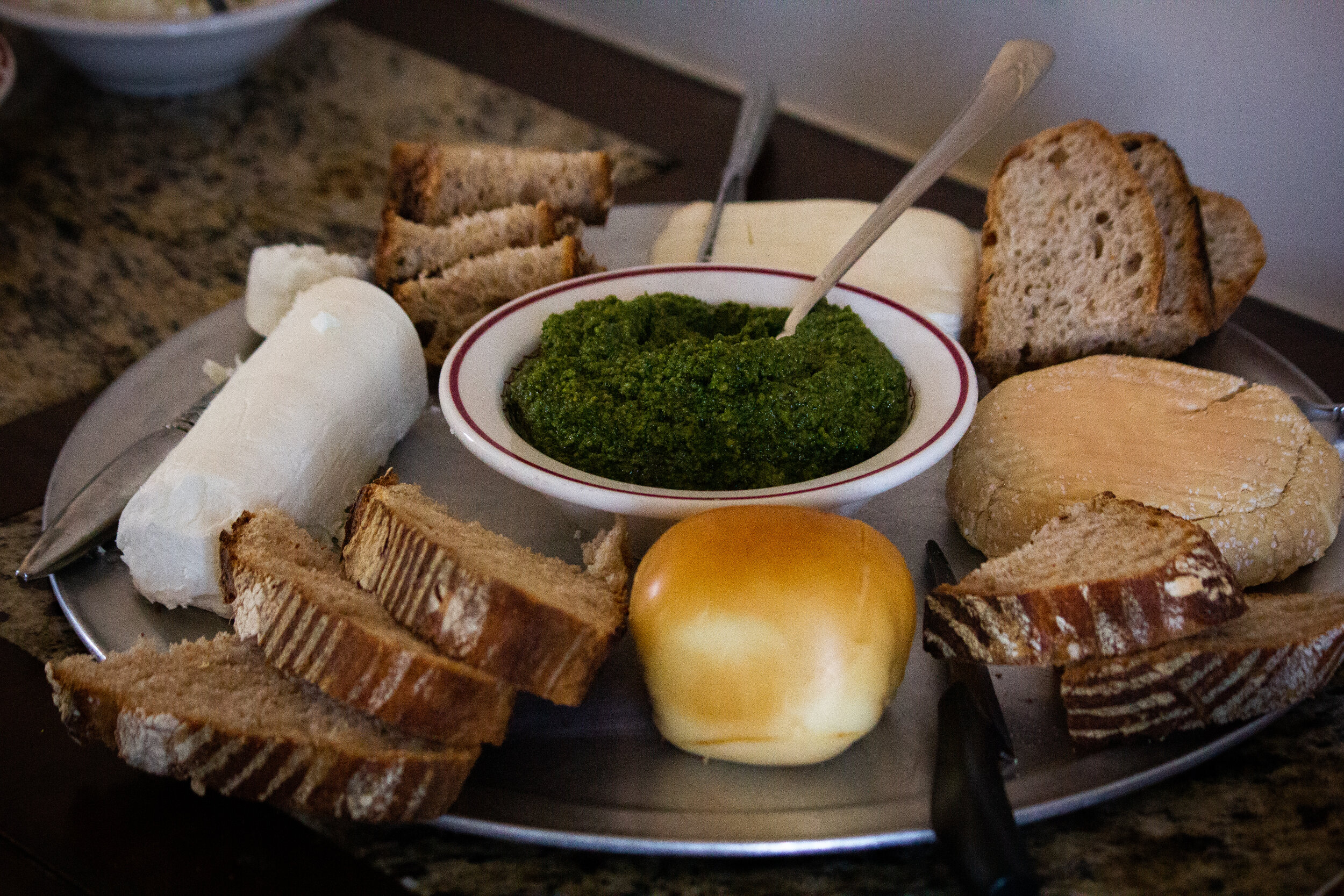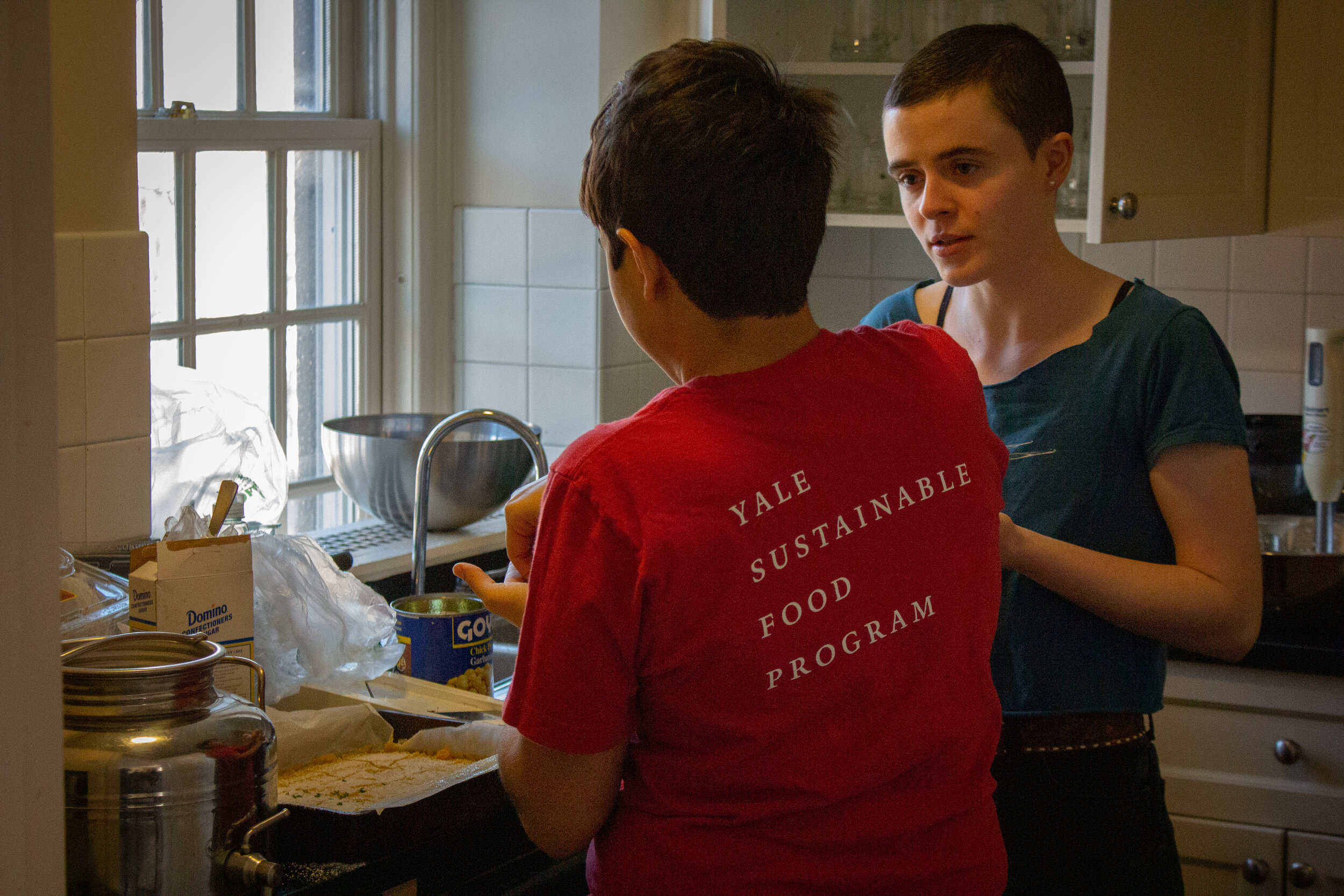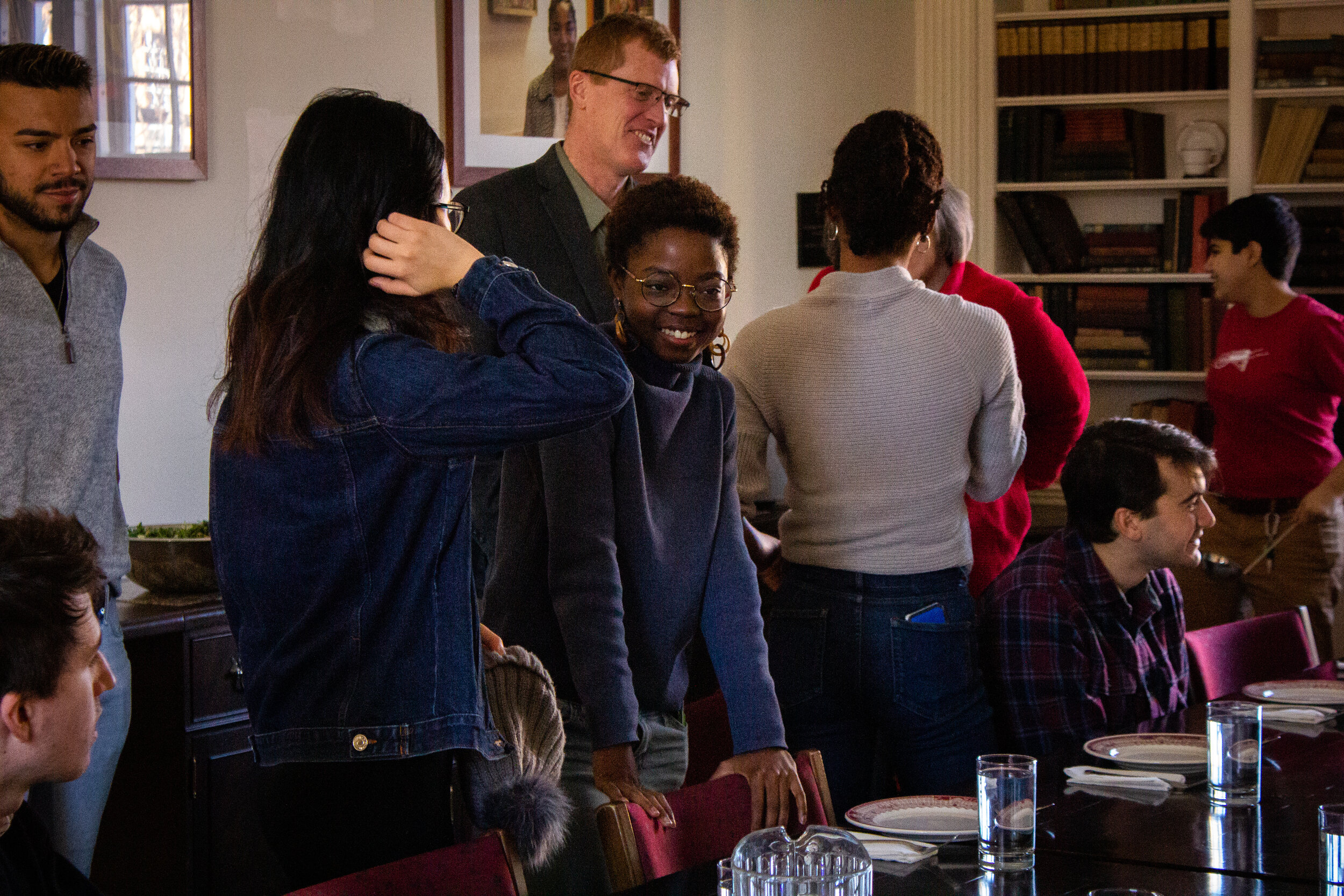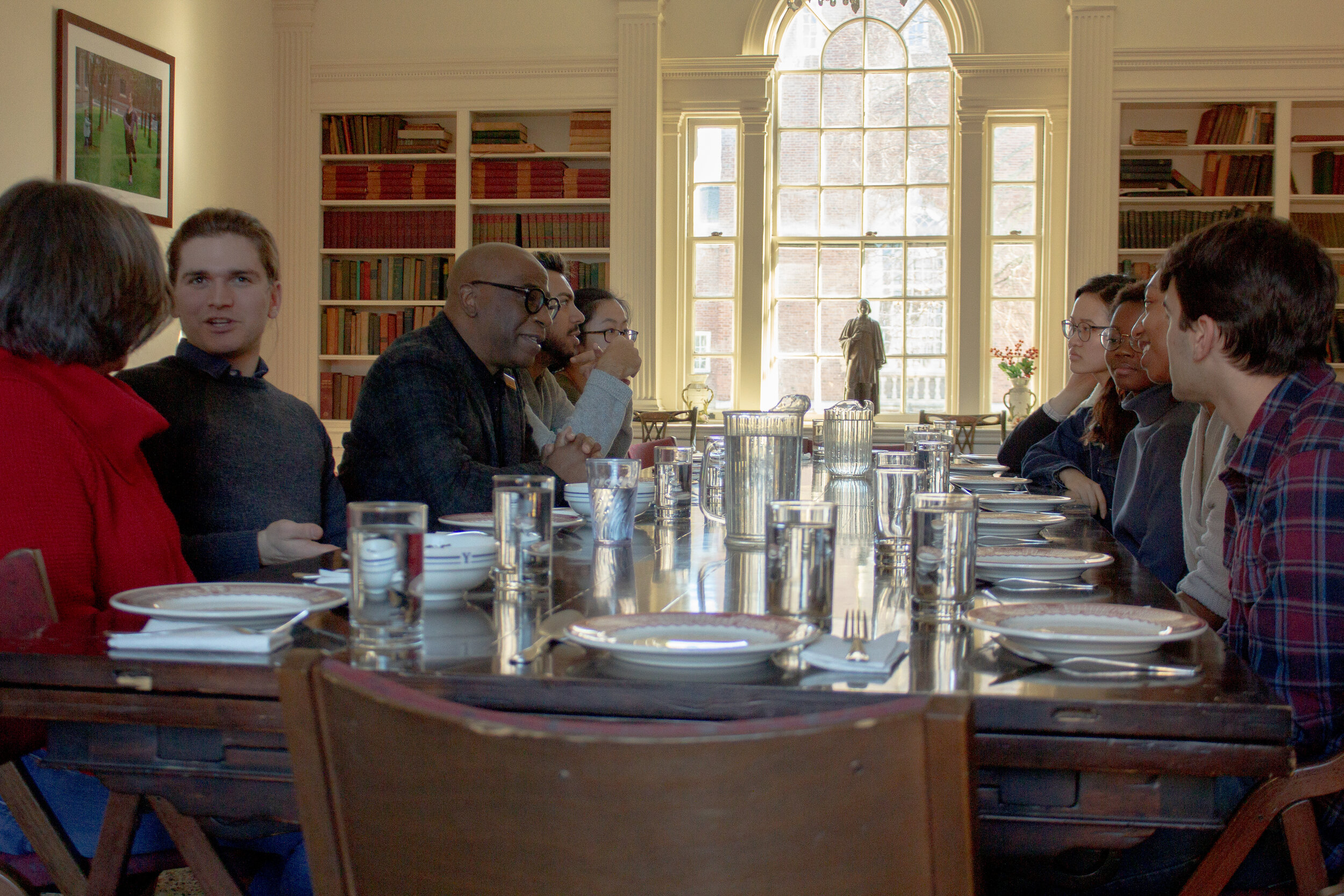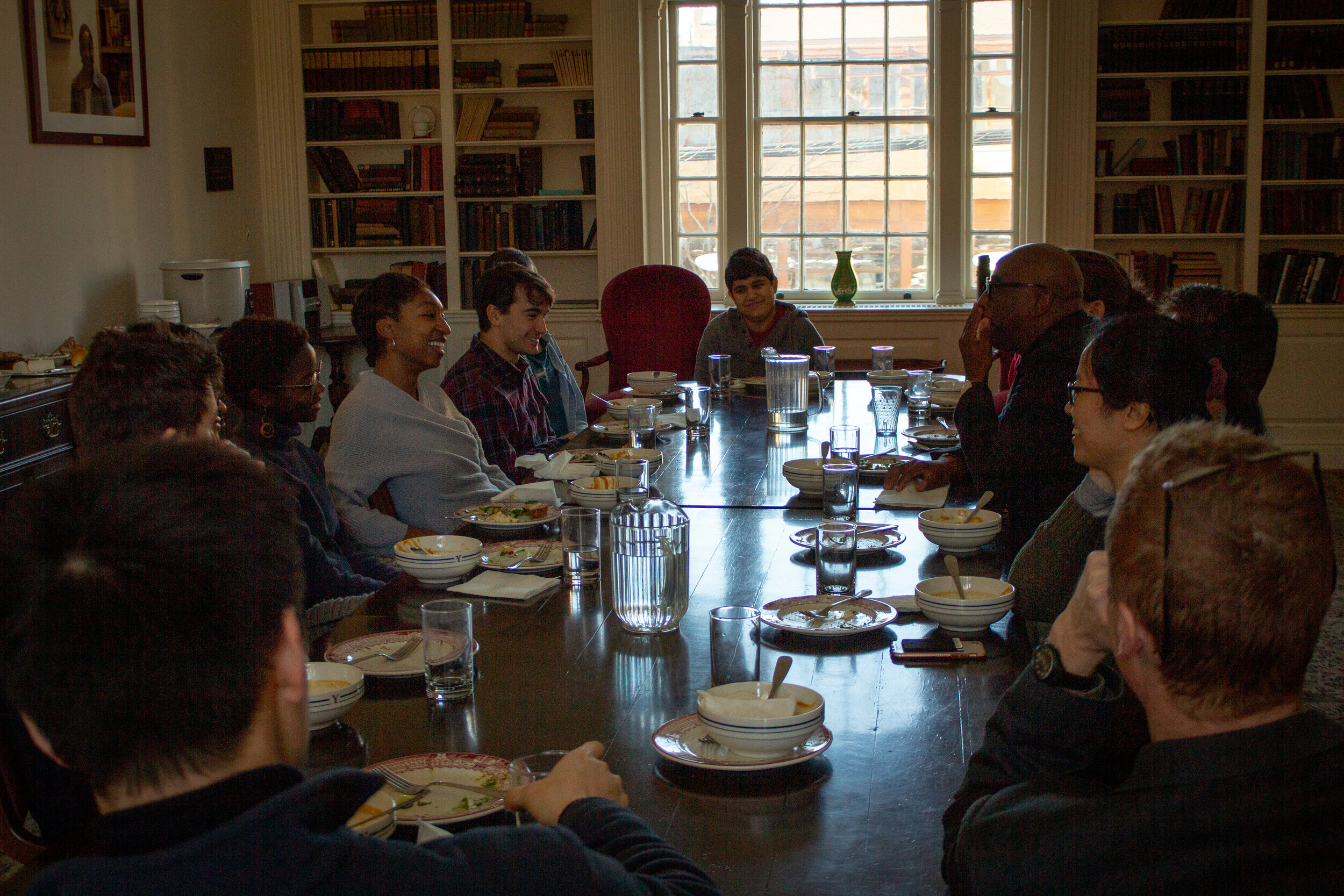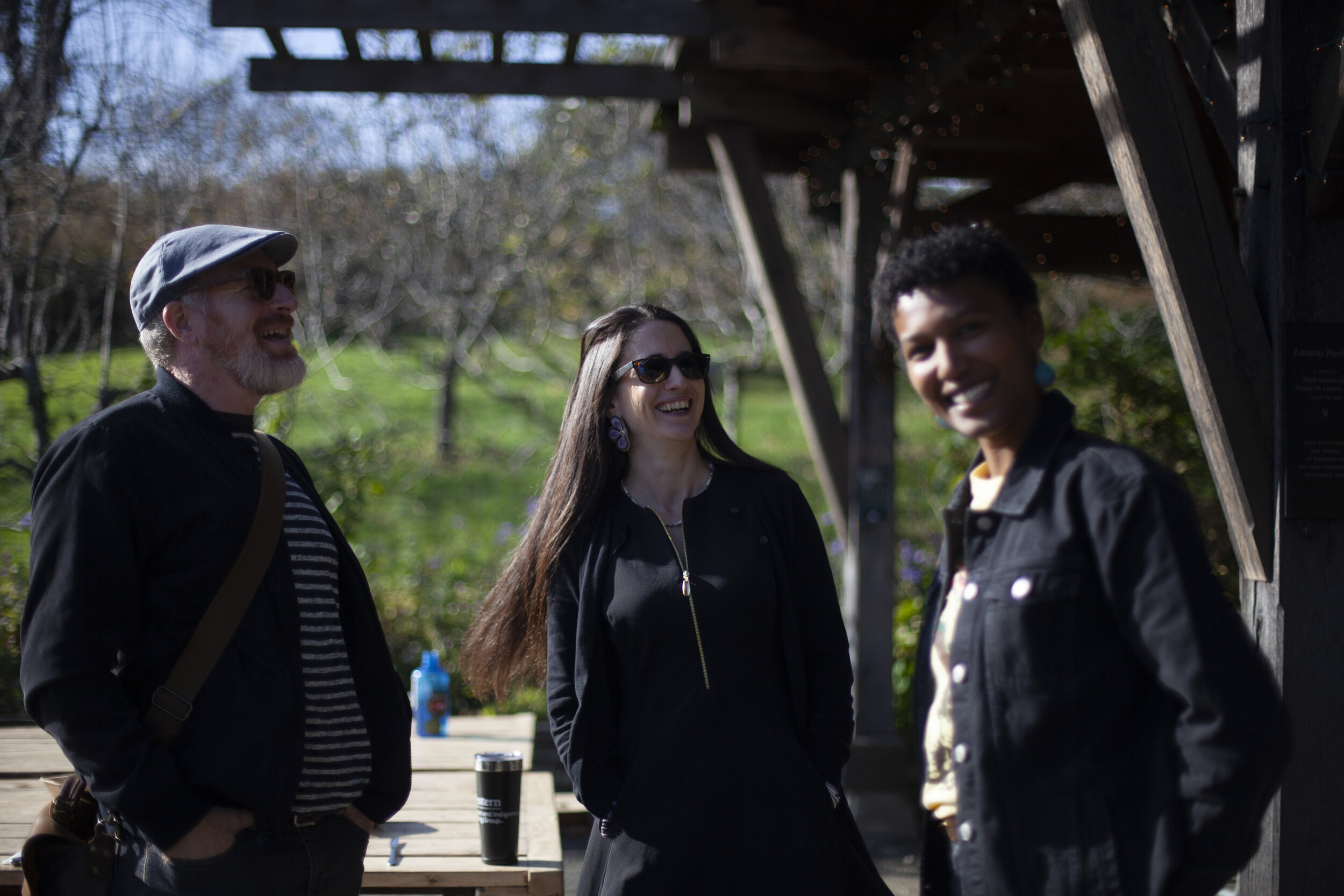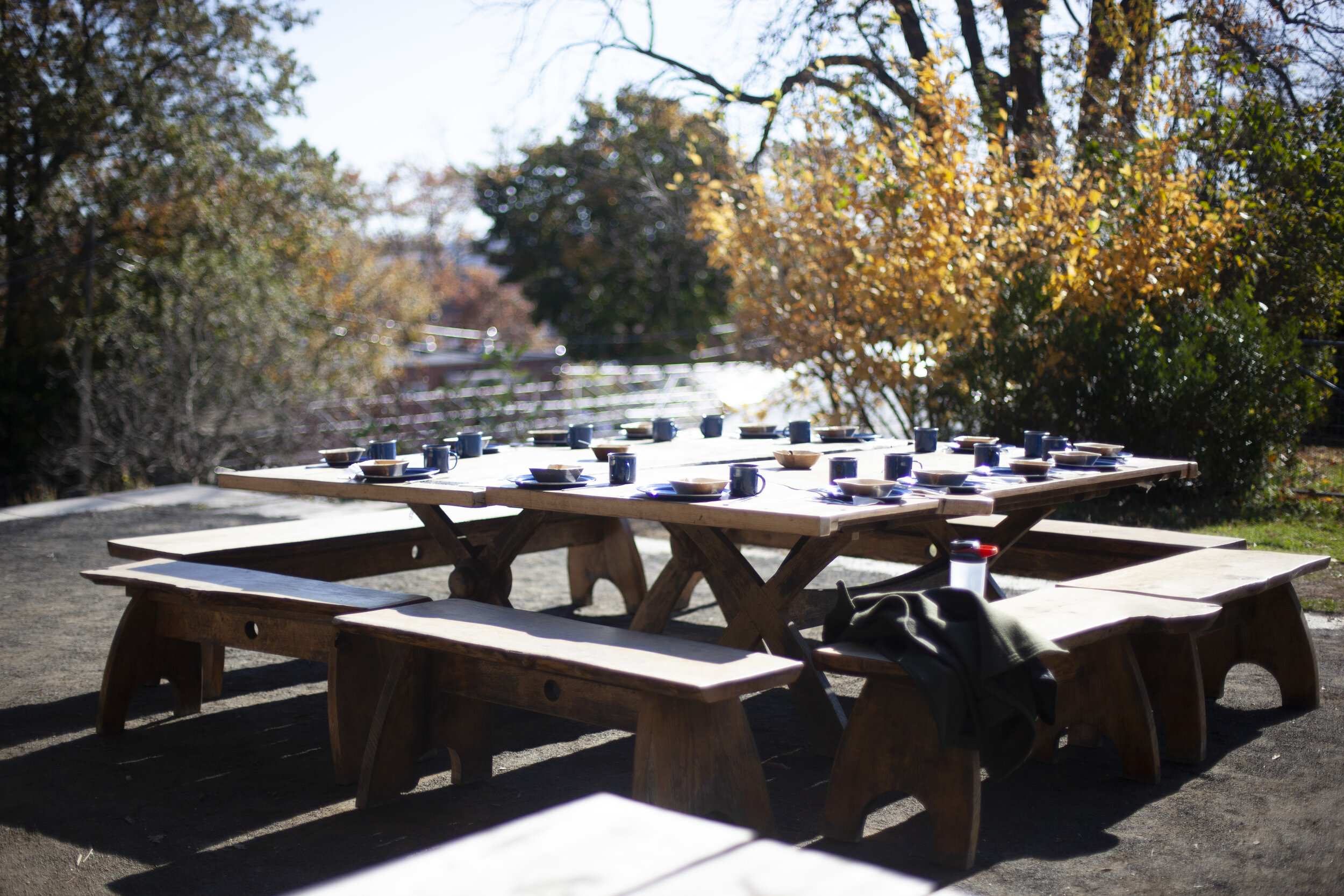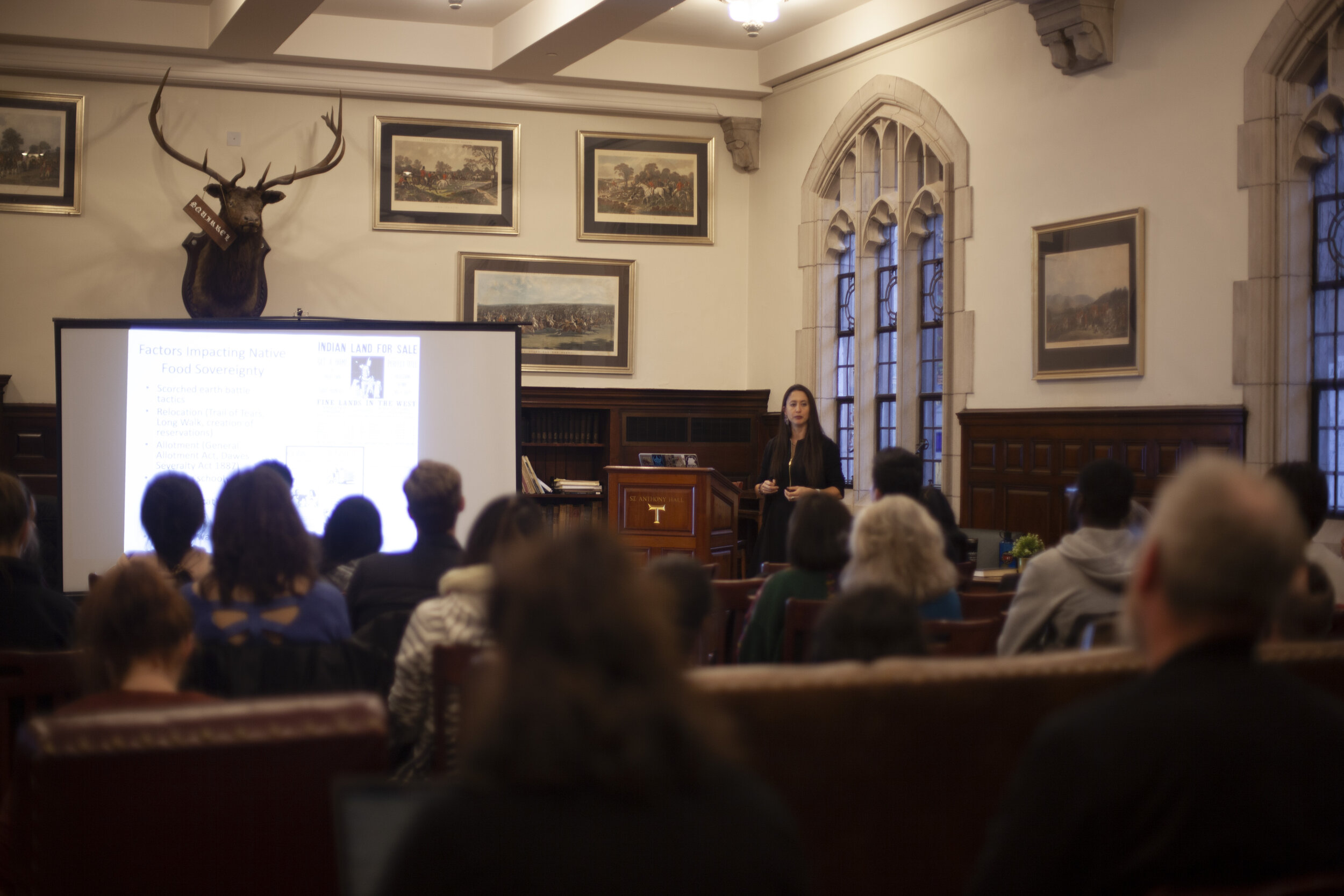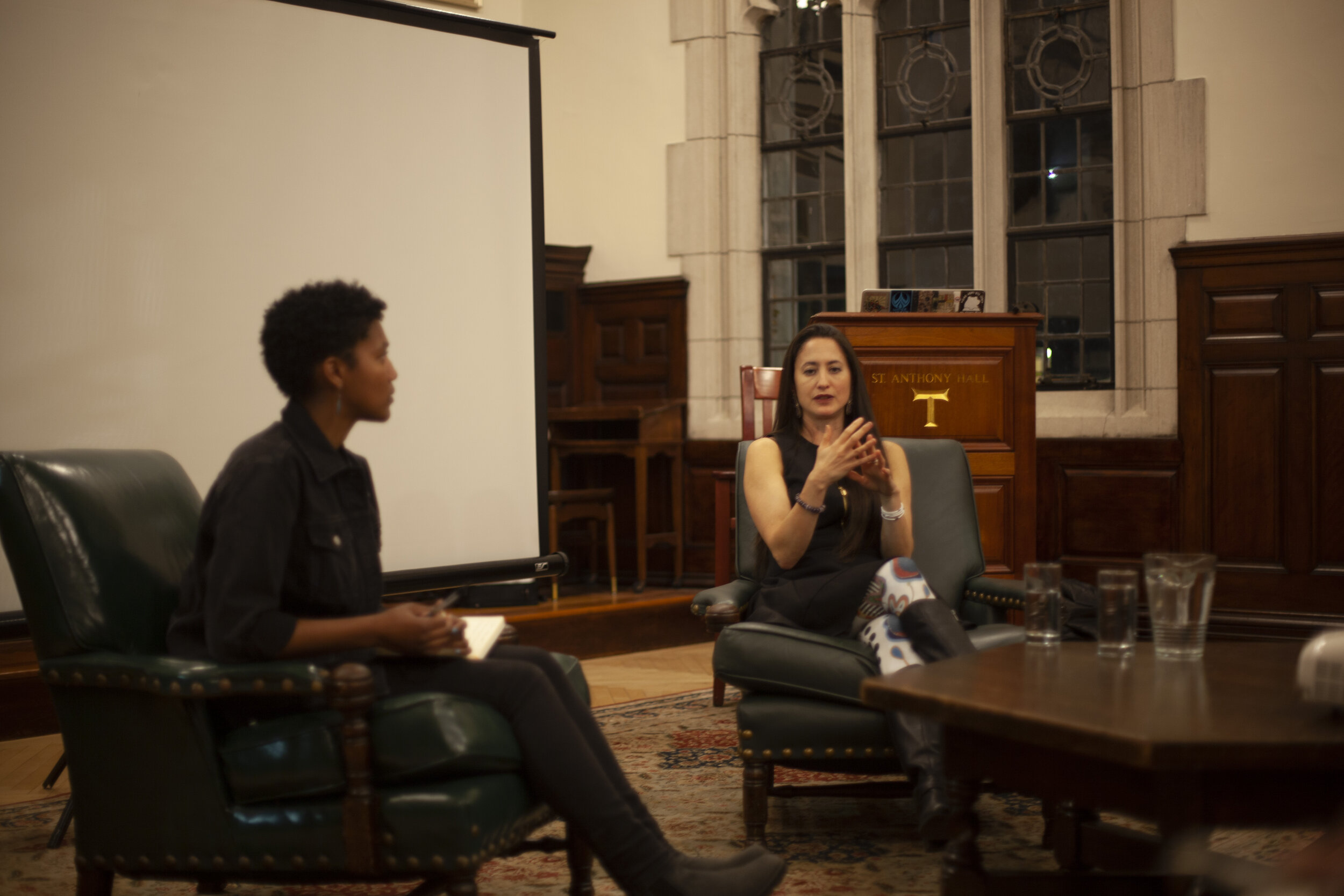This project is an exploration of the various ways in which we define preservation. I approached it with an interest in creating physical recipes to preserve knowledge, memory, and community during a time in which distance is at the forefront of everyone's mind. I wanted to focus specifically on Yale Farm produce to create potential for future in-person culinary workshops. It is also important to note that this is by no means the end of this project. Like any good recipe collection, I want this to be built upon, altered, and exchanged by the YSFP community. Like any good pickle, alteration is key to preservation.
Peering into my own home kitchen this past summer, I sorted through the box of recipes that my grandma passed down to my mom, as well as the box that my mom jump-started for me last December. The recipes are, for the most part, familiar. Some credit where they came from; others don’t. Some ask you to rely on intuition; others detail exactly what every step ought to smell, look, and taste like. All carry the mark of care and memory. These recipes, hand scrawled by generations of family members and friends, have made me reflect on that which is able to be preserved over time. Much has been lost over these past few months and much, in general, is lost through the passing of time. These recipes, however, have endured, connecting me to people who have no conception of my existence. I wanted to find a way to cultivate connection and community during this time of isolation. Though these recipes were created with the intention of future in-person cooking collaborations, I have also presented them in a digitalized format to adapt to the current safety measures keeping us from communing.
In addition to centering my project on the theme of preserving recipes and community, I also paid homage to this idea by focusing my recipes on the food preservation methods of pickling and preserving. I explored the history of both of these practices, tracing the first instance of pickling back to 2400 B.C., where evidence was found of Mesopotamians soaking cucumbers in acidic brine. Pickles quickly caught on as a health food in 50 B.C. when Queen Cleopatra credited them with contributing to her health and legendary beauty. The link between pickled goods and health became common knowledge, and was later used to the advantage of Columbus in his voyage to the new world to stave off scurvy among his sailors. By the 1650s, a real industry began to arise around pickles in the US. Dutch farmers in the area now known as Brooklyn began growing cucumbers that were, in turn, pickled and sold on the streets, the beginning of what would become the world’s largest pickle industry.
Pickling laid much of the groundwork for the innovative thinking that led to canning. In the early 19th century, canning began as a preservation practice born out of the need to sustain troops. During Napoleon’s attempt to conquer Europe, he created a contest for the general public, promising 12,000 francs to the person who could come up with the best way to feed his soldiers. A french candymaker, Nicolas Appert, won the competition when he discovered that placing food in a bottle, removing the air before sealing it, and boiling the bottle, would preserve its contents.. Using glass containers, Appert preserved vegetables, fruits, jellies, syrups, soups and dairy products. Pasteurized milk started showing up on the tables of military officers and preserved products became a household staple for many middle class families.
However, Appert did not understand why his invention worked; he just knew that it did. A half century later, Louis Pasteur discovered how microbes cause food to spoil, illuminating the relationship between heating jars to a high temperature and destroying food-spoiling microorganisms (thus the name “pasteurization” rather than “appertization.”)
The invention of preservation practices, not just limited to pickling and canning, but salting, freezing, and drying, is also tied to the idea I touched on earlier: food being used to create community. As soon as humankind had a method to preserve food, they were able to spend much less time hunting and gathering
and more time with one another, building civilizations and, with that, community.
I hope you enjoy these recipes and have the chance to think about the ways in which food helps you commune with the people and spaces you love. Happy cooking!
